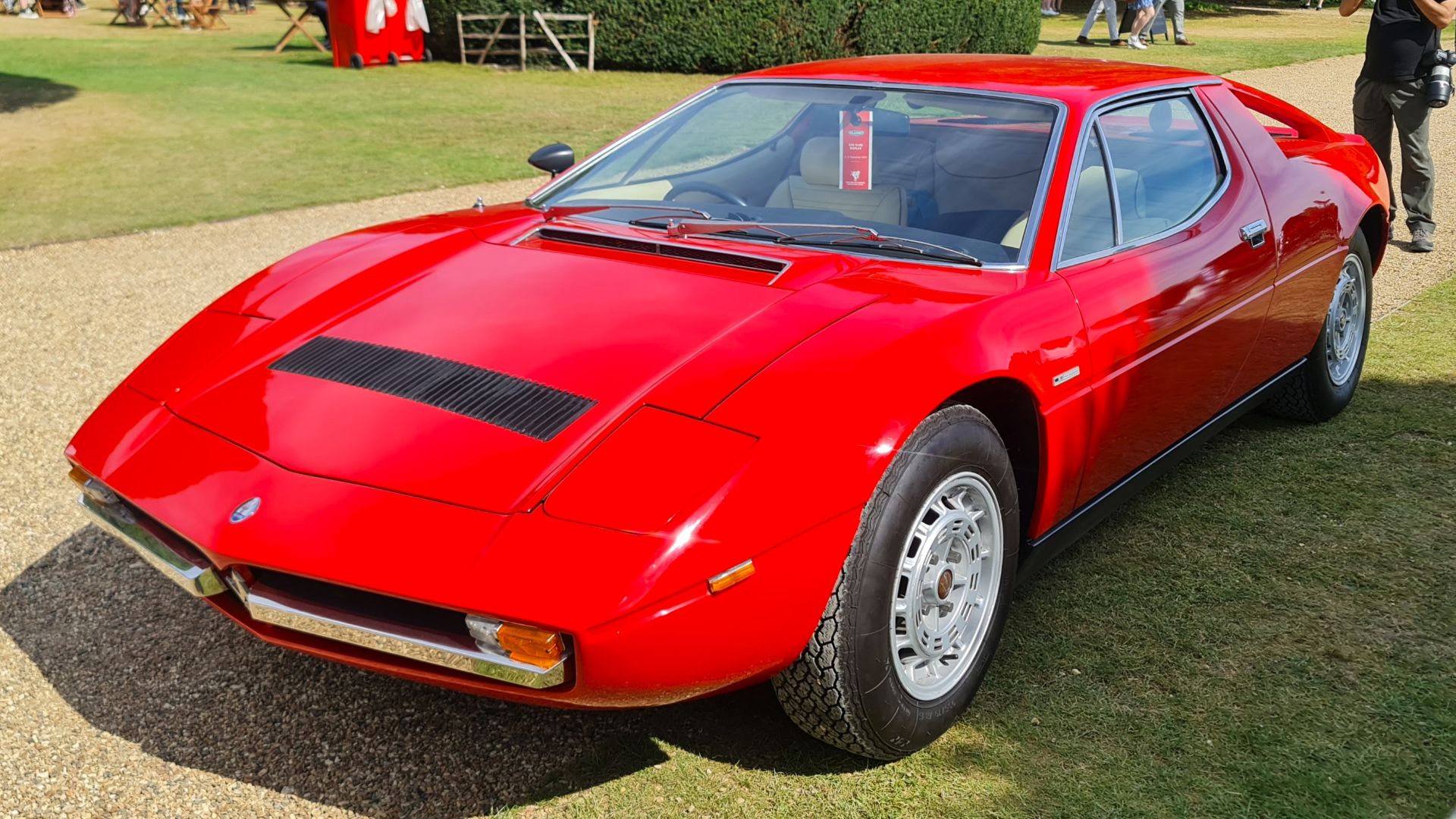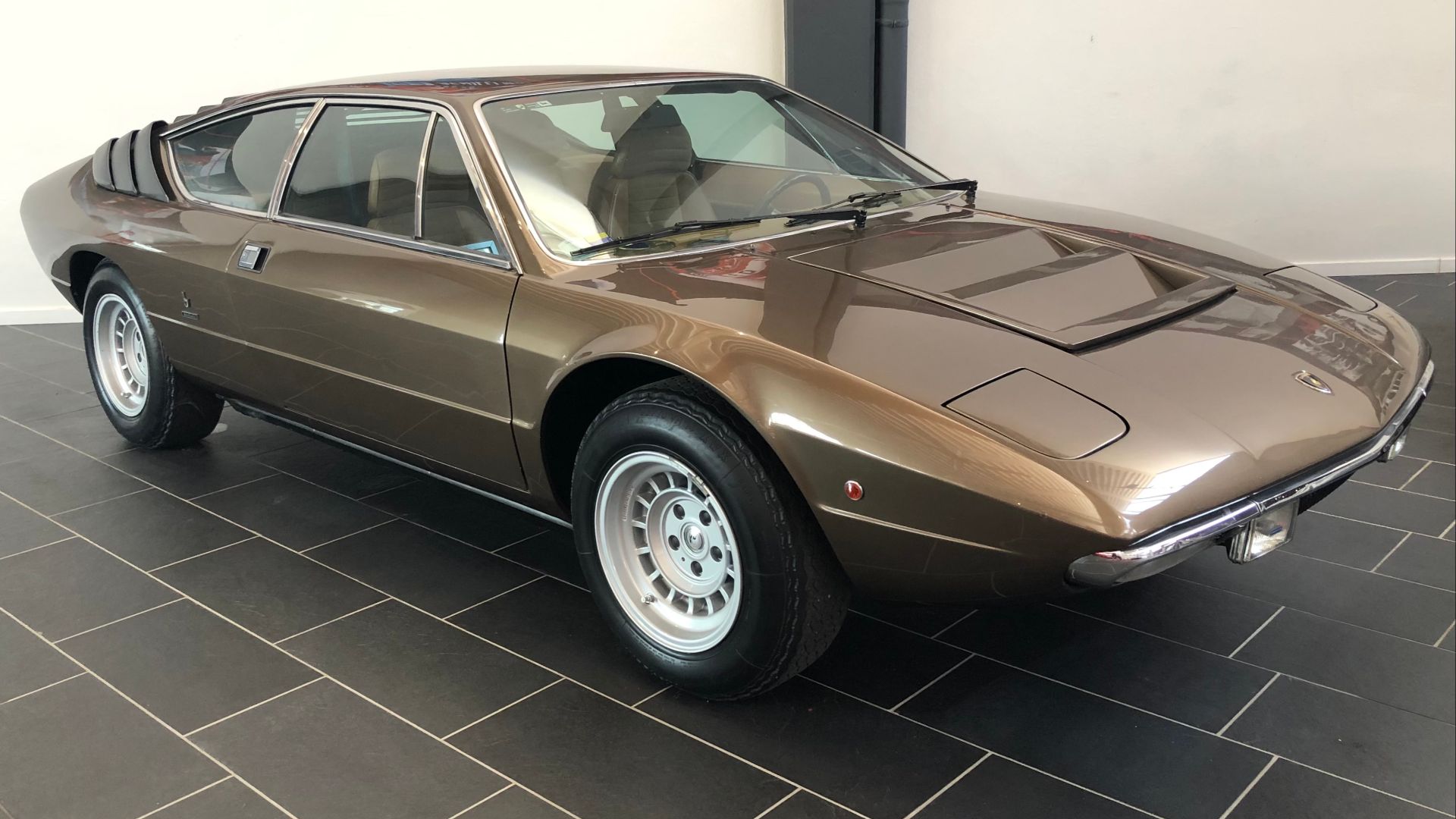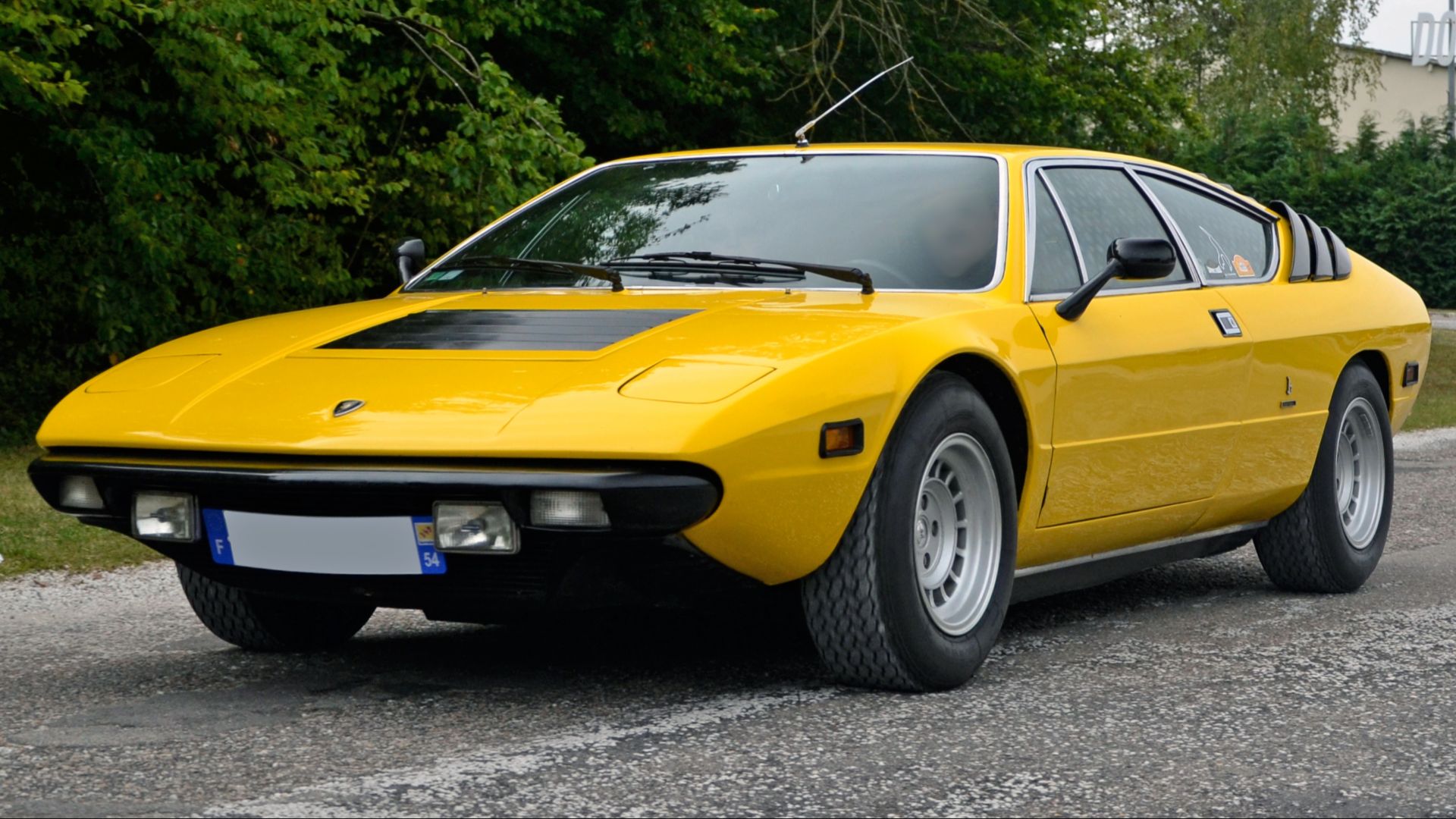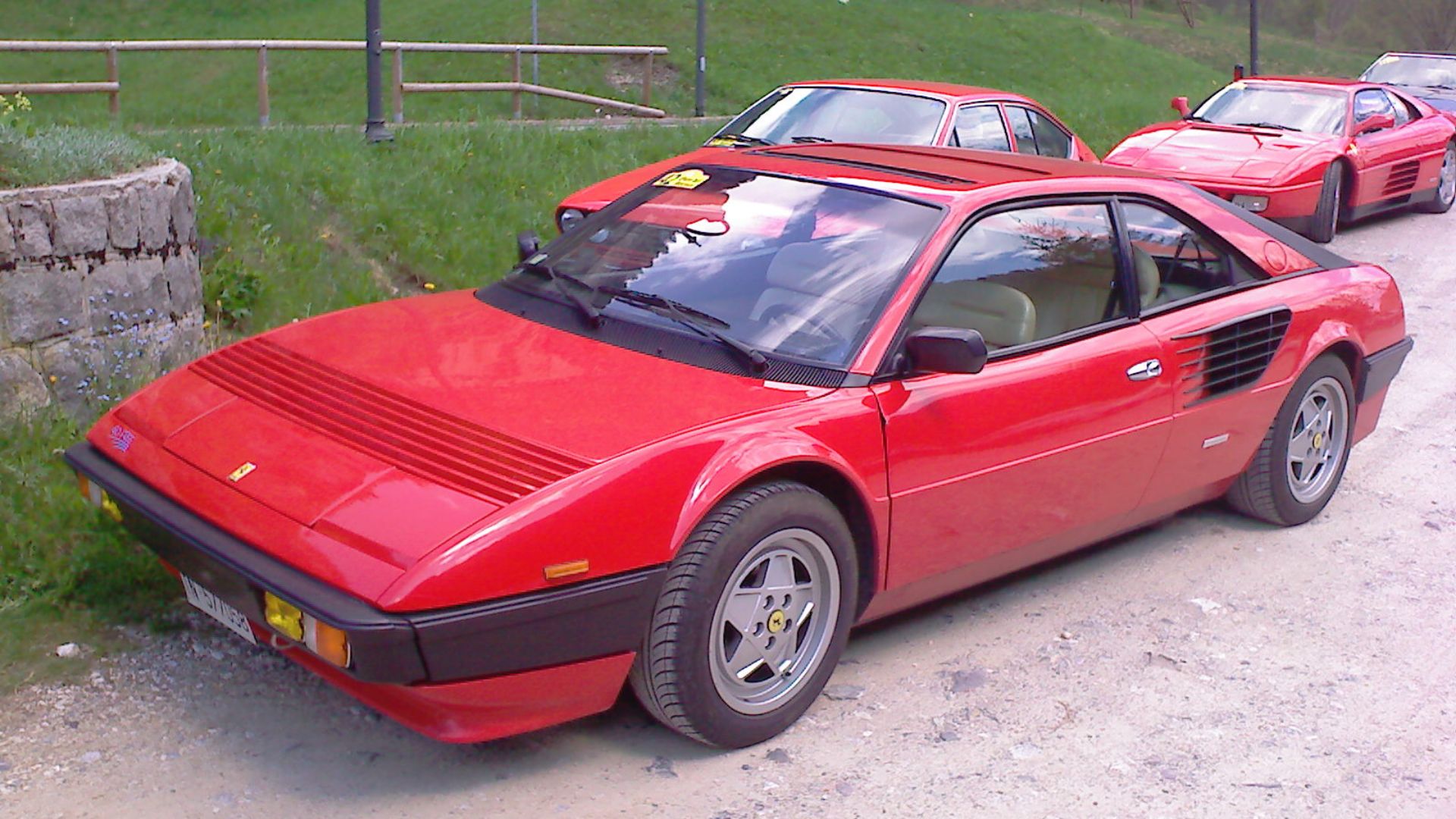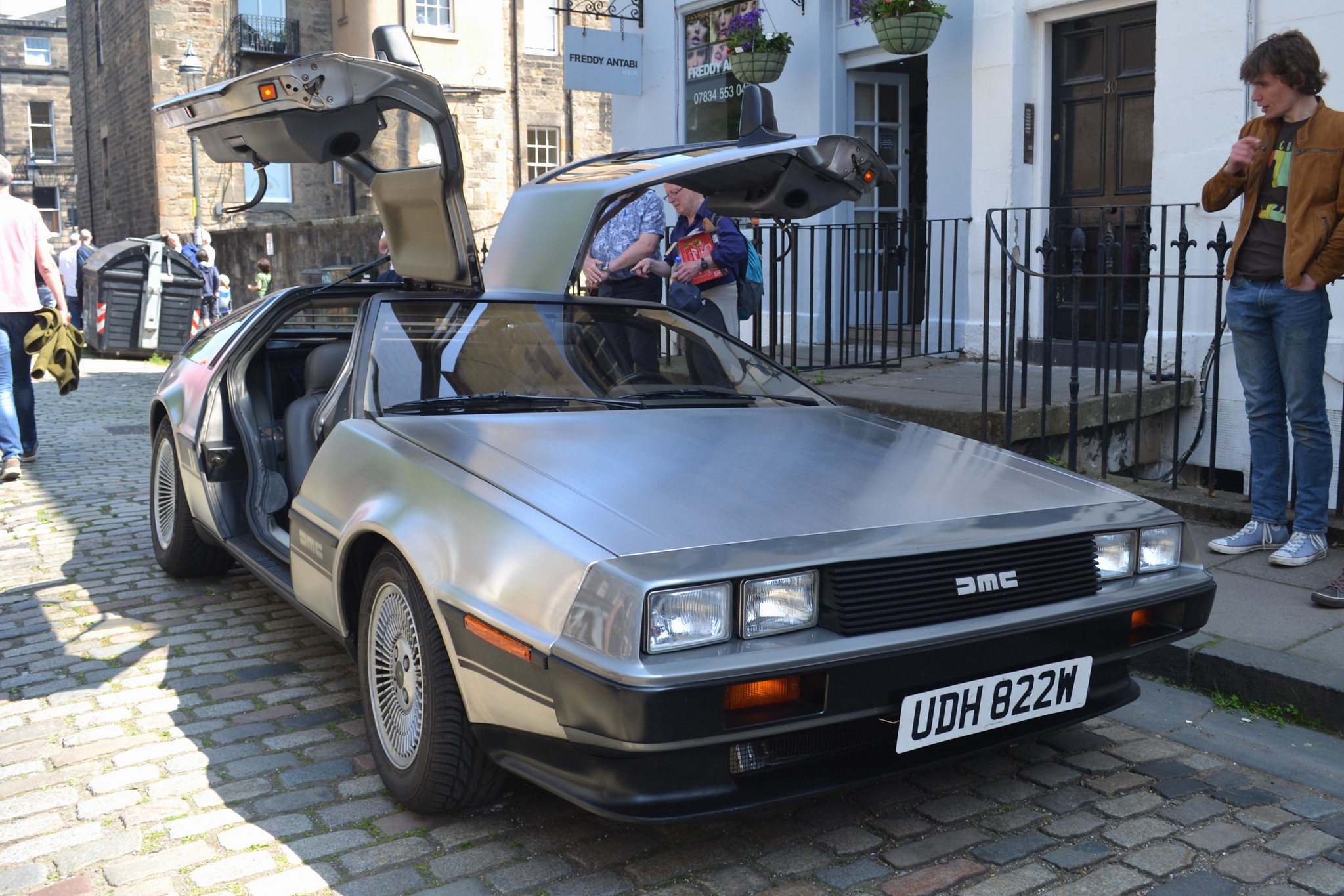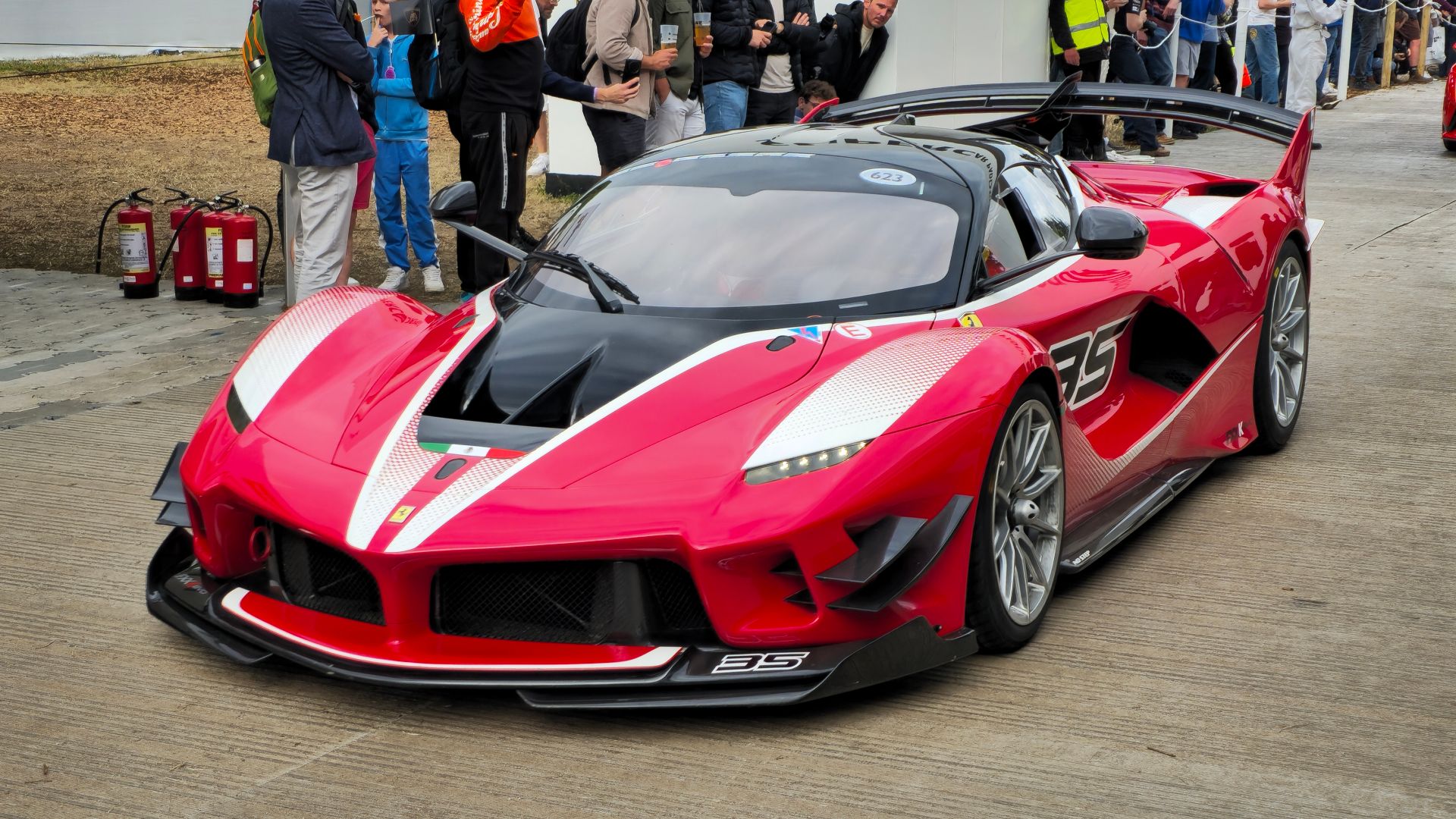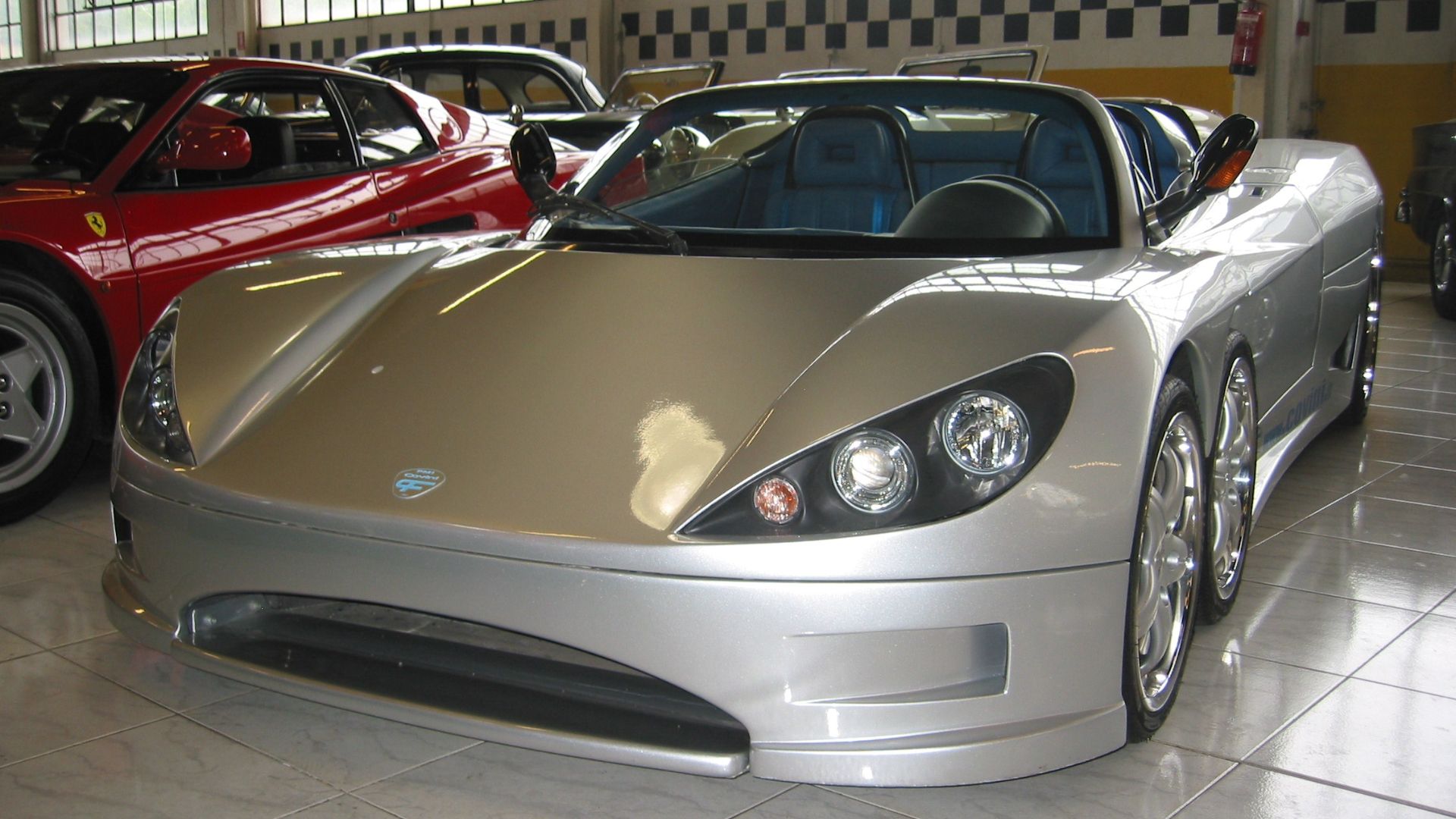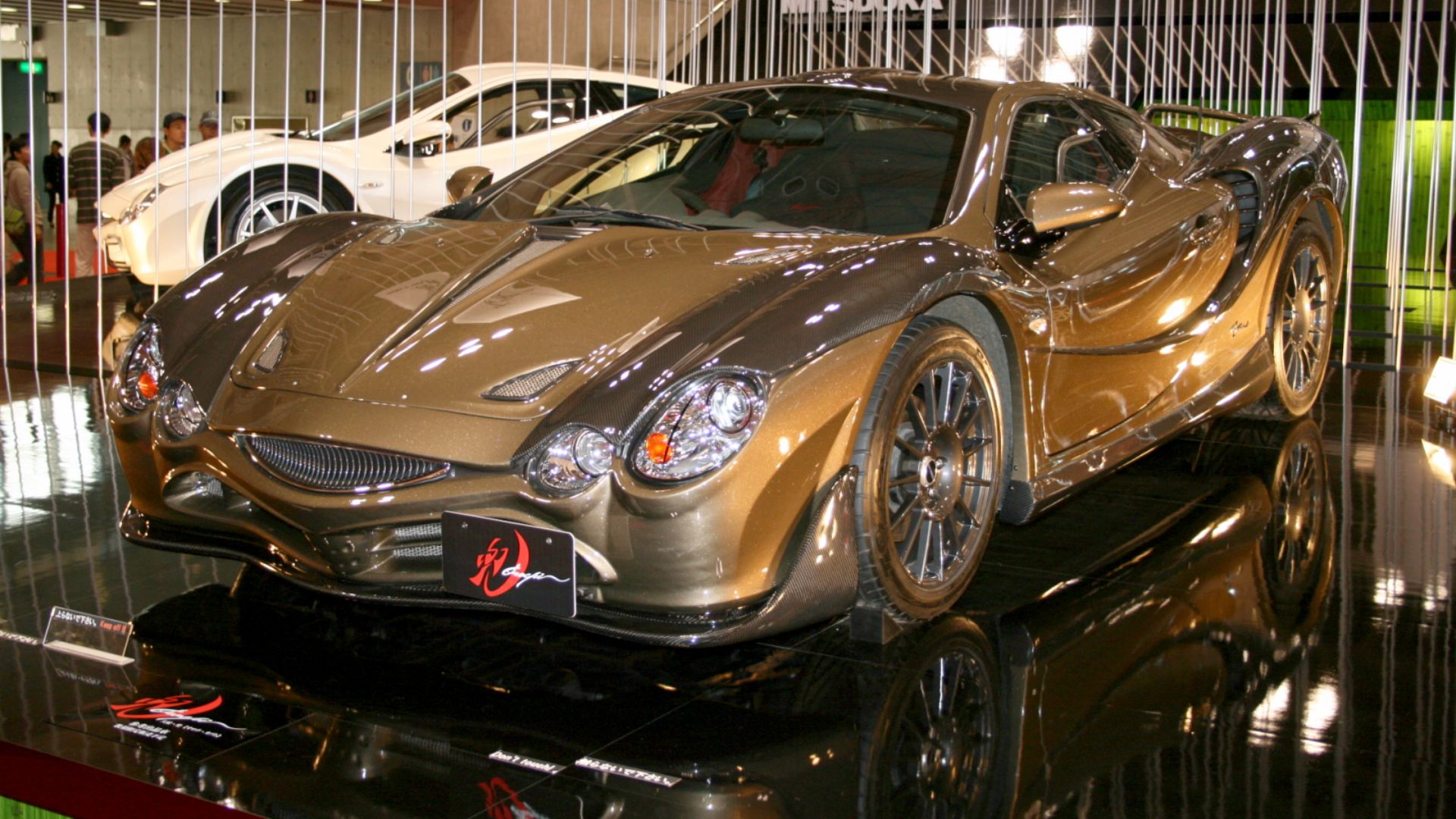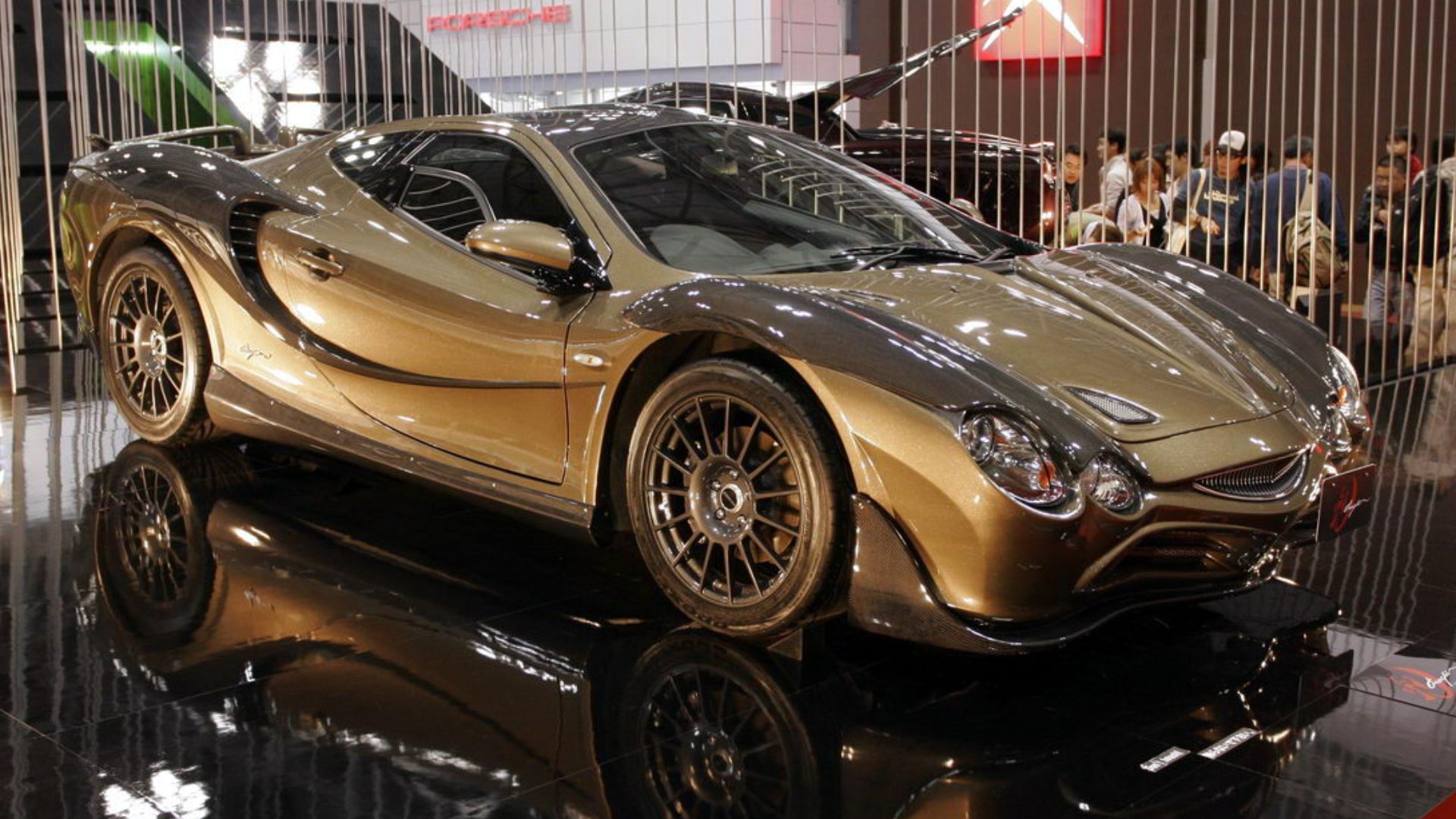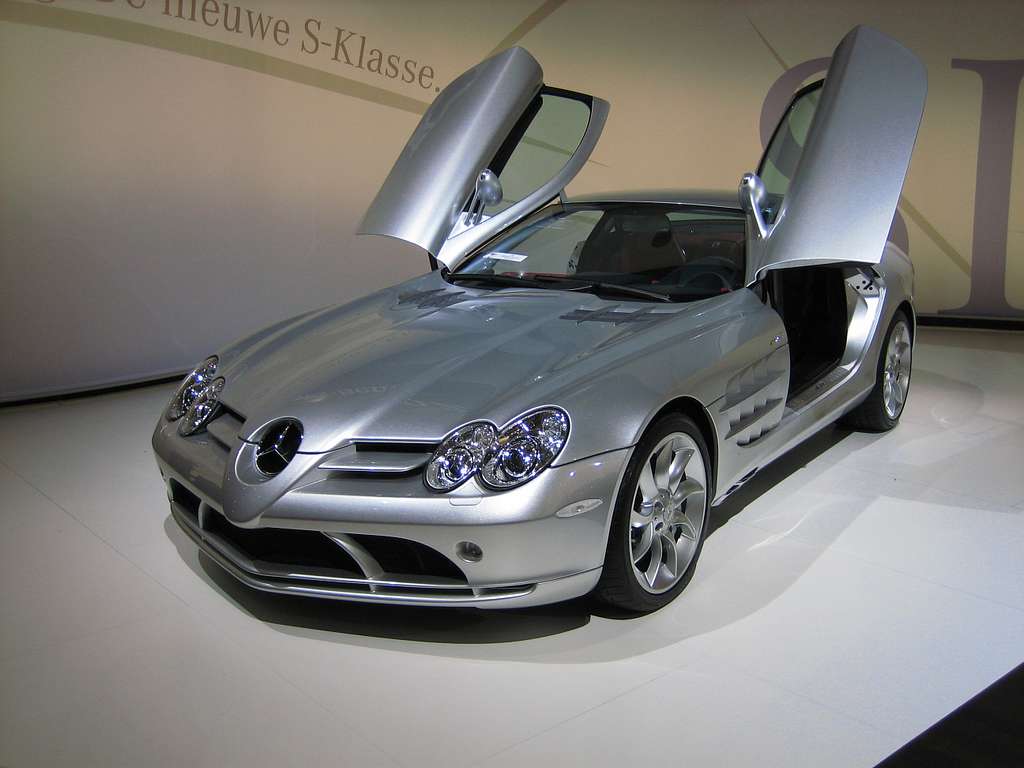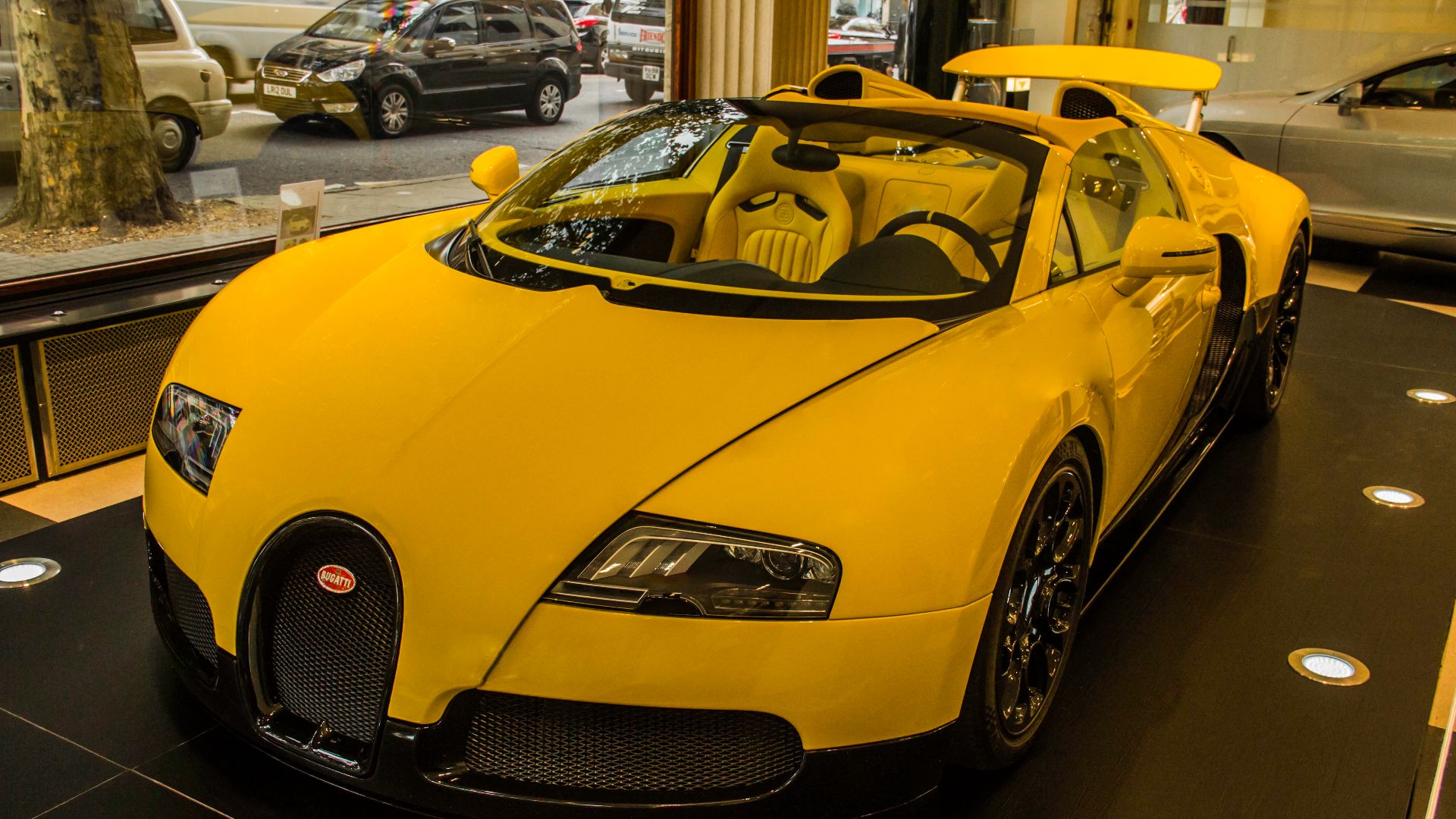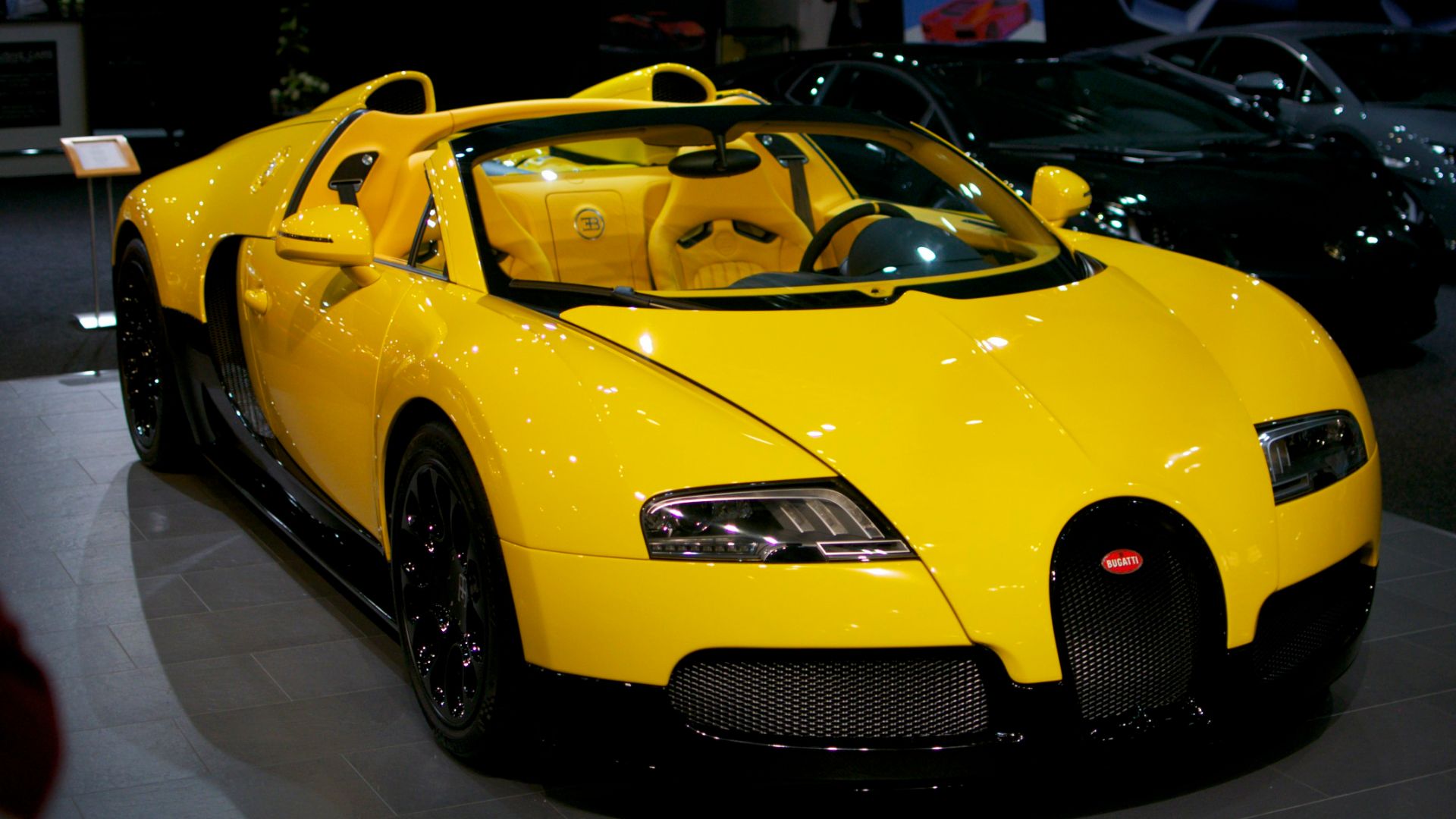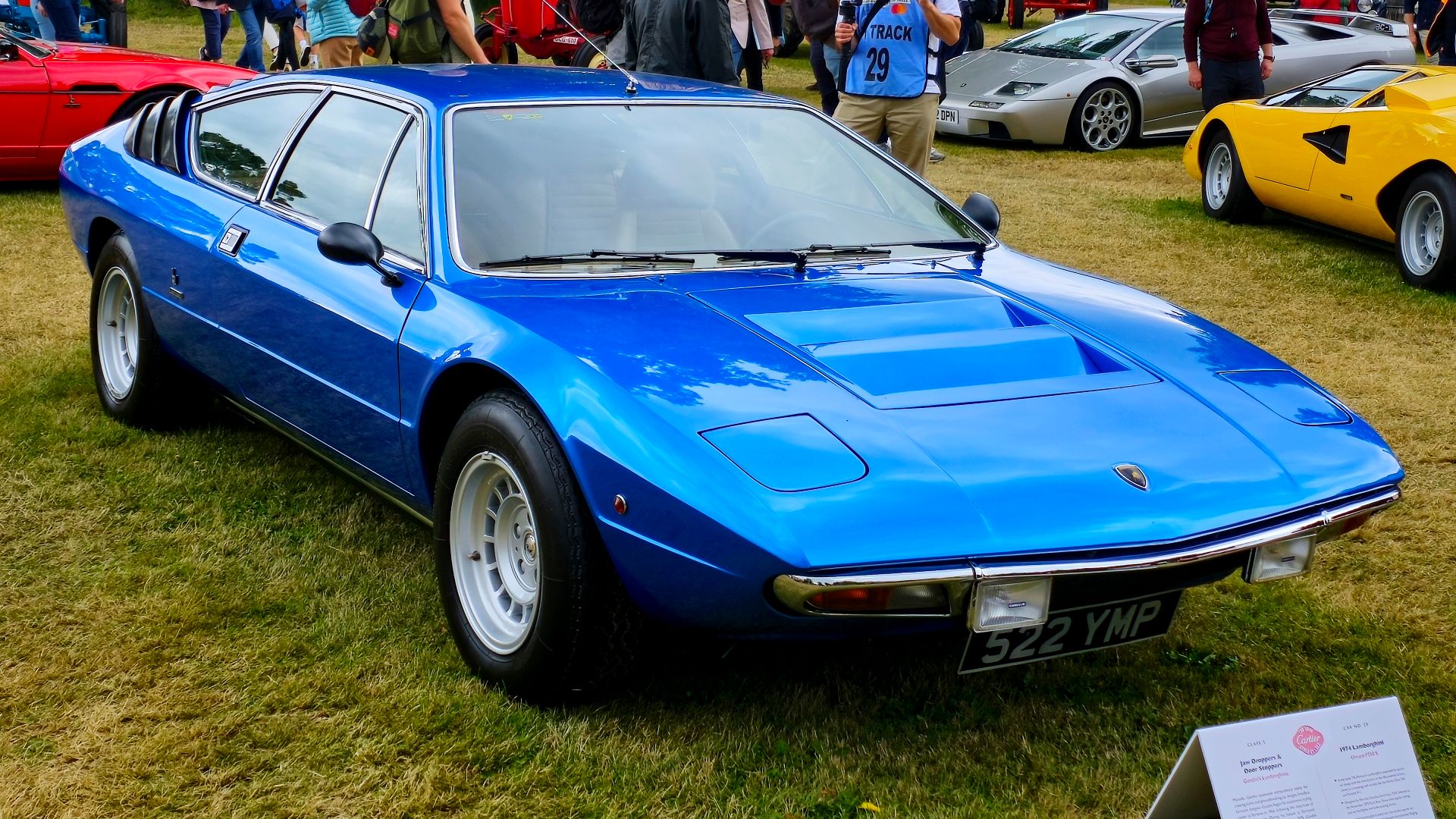These "Supercars" Were "Meh" At Best
Supercars are supposed to be insanely fast, incredibly expensive, and be an overall joy to drive and look at. Some supercar companies even have rules about what you can and can't do to your own car. But these supercars didn't live up to the hype—they didn't blow your socks off with horsepower, high speed, or driving experience. Let's look at some of the world's worst supercars.
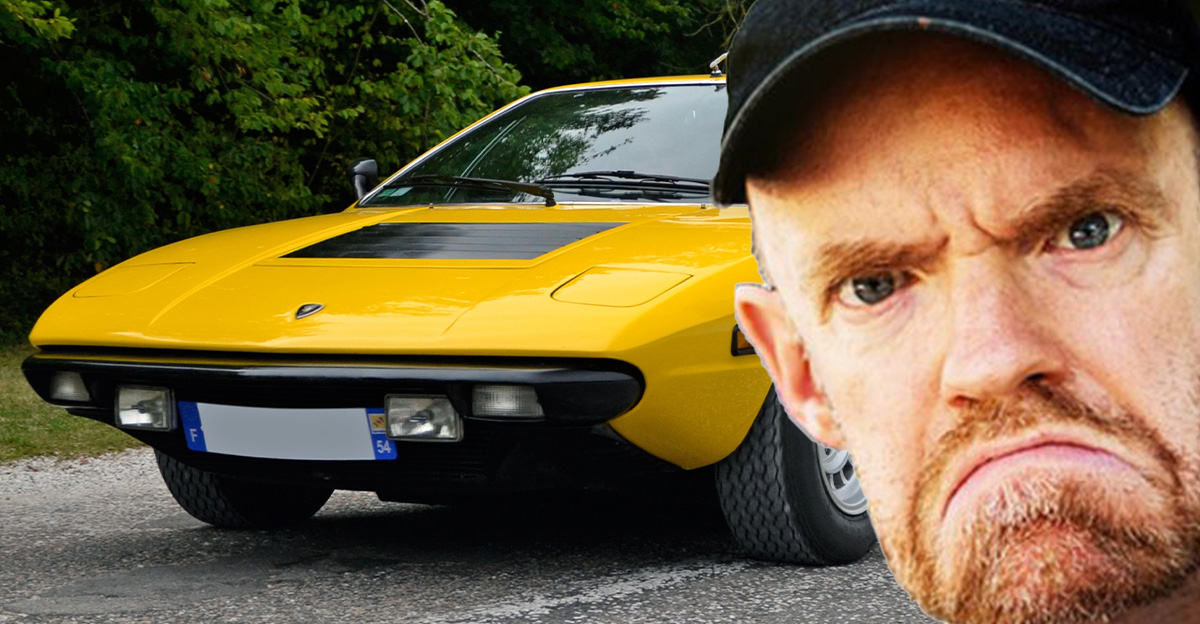
Lamborghini Egoista
You and I would celebrate our company's 50th anniversary by attending a nice dinner or something. Lamborghini celebrated it by unveiling a single-seater, one-of-a-kind concept car: the Egoista. When viewed from the side, it's supposed to look like a charging bull, although you wouldn't know it. It just looks like a mess of carbon fiber to me. The Egoista was powered by a 5.2L V10 producing 600 hp.
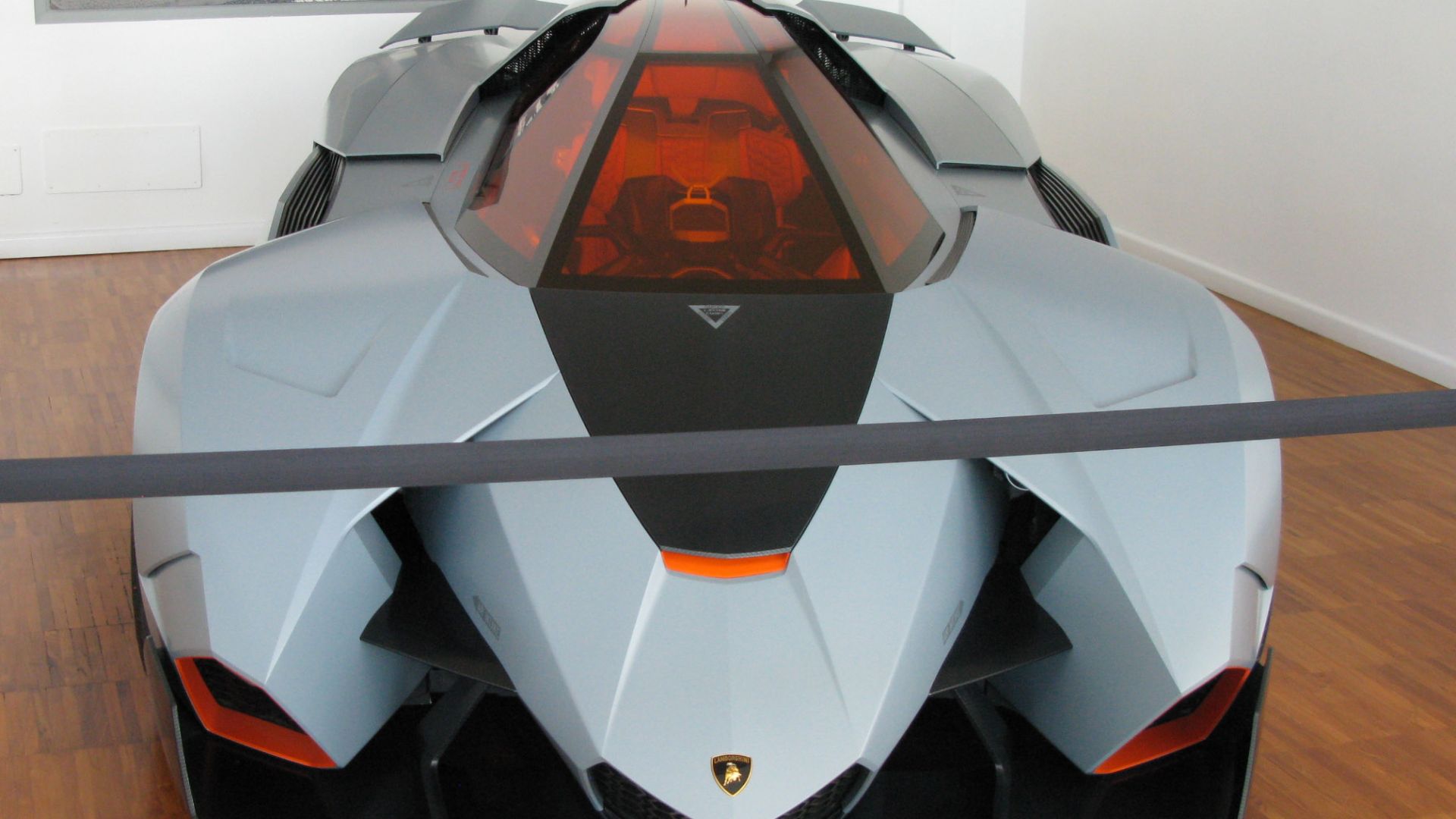 Herranderssvensson, Wikimedia Commons
Herranderssvensson, Wikimedia Commons
Lamborghini Egoista (Cont'd)
The key part of the Egoista might be the first three letters: ego. The lighting system resembles a modern aircraft—indicators are on the top and sides of this "shapely" car. Aerodynamic panels are raised and lowered to provide downforce when appropriate. It's rumored to have been sold to a private collector in Switzerland. Thankfully, Lamborghini only built one of these spaceship-looking monstrosities.
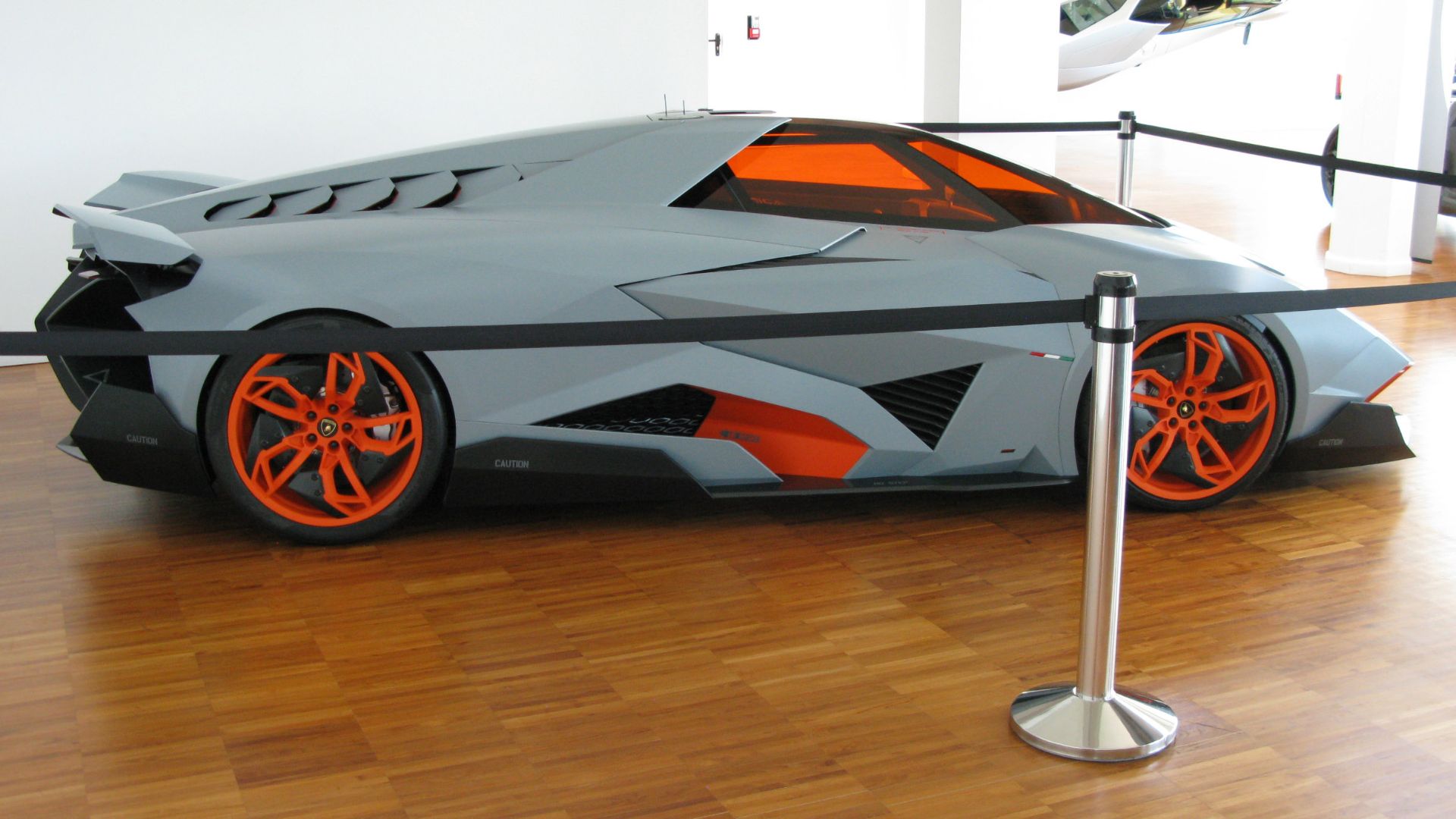 Herranderssvensson, Wikimedia Commons
Herranderssvensson, Wikimedia Commons
Maserati Merak
From the company that brought you custom Maseratis driven by David Beckham, before Beckham's time and before Maserati was designing beauties, they built the underwhelming Maserati Merak. They built 1,000 examples of the Merak powered by a 3.0L V6 engine (seriously, not a V8 in sight), and it sputtered out a mere 190 hp. There was extra cabin space for a second row of seats, so at least you could take your kids with you, covering the leather interior in Cheetos.
Maserati Merak (Cont'd)
It's a rare car that's coveted by supercar enthusiasts, although probably not for its performance specs. Those are underwhelming. Although the engine produced 187 hp and Maserati claimed the Merak could reach an incredible top speed of 149 mph... We're skeptical of this. Very skeptical. Maybe Maserati was trying to save money, because they lifted the dashboard of the Merak from a Citroen SM, a high-performance coupe produced by the French company.
 Brian Snelson from Hockley, Essex, England, CC BY 2.0, Wikimedia Commons
Brian Snelson from Hockley, Essex, England, CC BY 2.0, Wikimedia Commons
Lamborghini Urraco
Lamborghini unveiled the Urraco in 1972 to much fanfare and promise. Unfortunately, it was one of their worst-ever supercars. Powered by a teeny tiny 2.0L V8, it produced 180 hp and had a top speed of 134 mph. That's less power than a modern-day Honda Civic.
Lamborghini Urraco (Cont'd)
In the 1970s, the Italian government decided to levy additional taxes against cars with engines larger than 2.0 L. Think of it as their version of environmental regulations. In response, Lamborghini said, "Arrivederci" to that idea and produced the 2.0L Urraco to dodge the tax while still making a somewhat enjoyable supercar. Less than laudable behavior.
Shelby Series 1
The Shelby Series 1 was supposed to be an all-American muscle-supercar hybrid of sorts. We think, anyway, that at best, Carroll Shelby's intentions are unclear with this flop. Intended to be a modernized version of the AC Cobra, the Shelby Series 1 was powered by an Oldsmobile 4.0L V8 engine and came with racing stripes, so it had to be fast, right? Well, it could go 170 mph and it did have an output of a respectable 540 horses, so what's the problem?
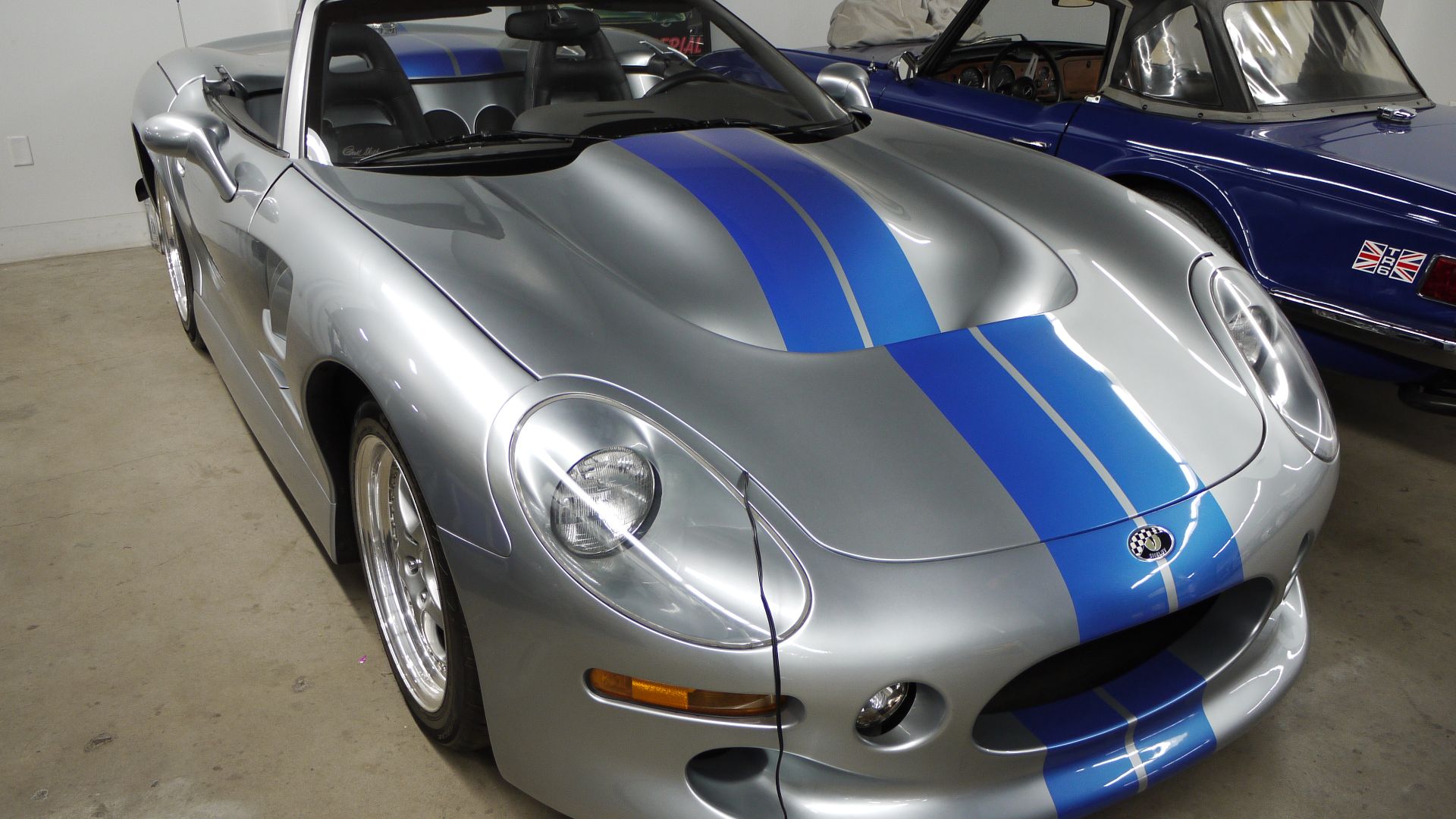 ITakePhotosOfCars, Wikimedia Commons
ITakePhotosOfCars, Wikimedia Commons
Shelby Series 1 (Cont'd)
The problem was that this was supposed to be the first car that Carroll Shelby built entirely from the ground up in 1997...that is, until you looked closer at the parts themselves. Nearly everything was scrounged from General Motors, including things like a cassette player, a surround-sound system, and even the FM radio was from Buick. So much for "in-house". Oh, and there were only 249 of them ever built. Maybe they ran out of parts...
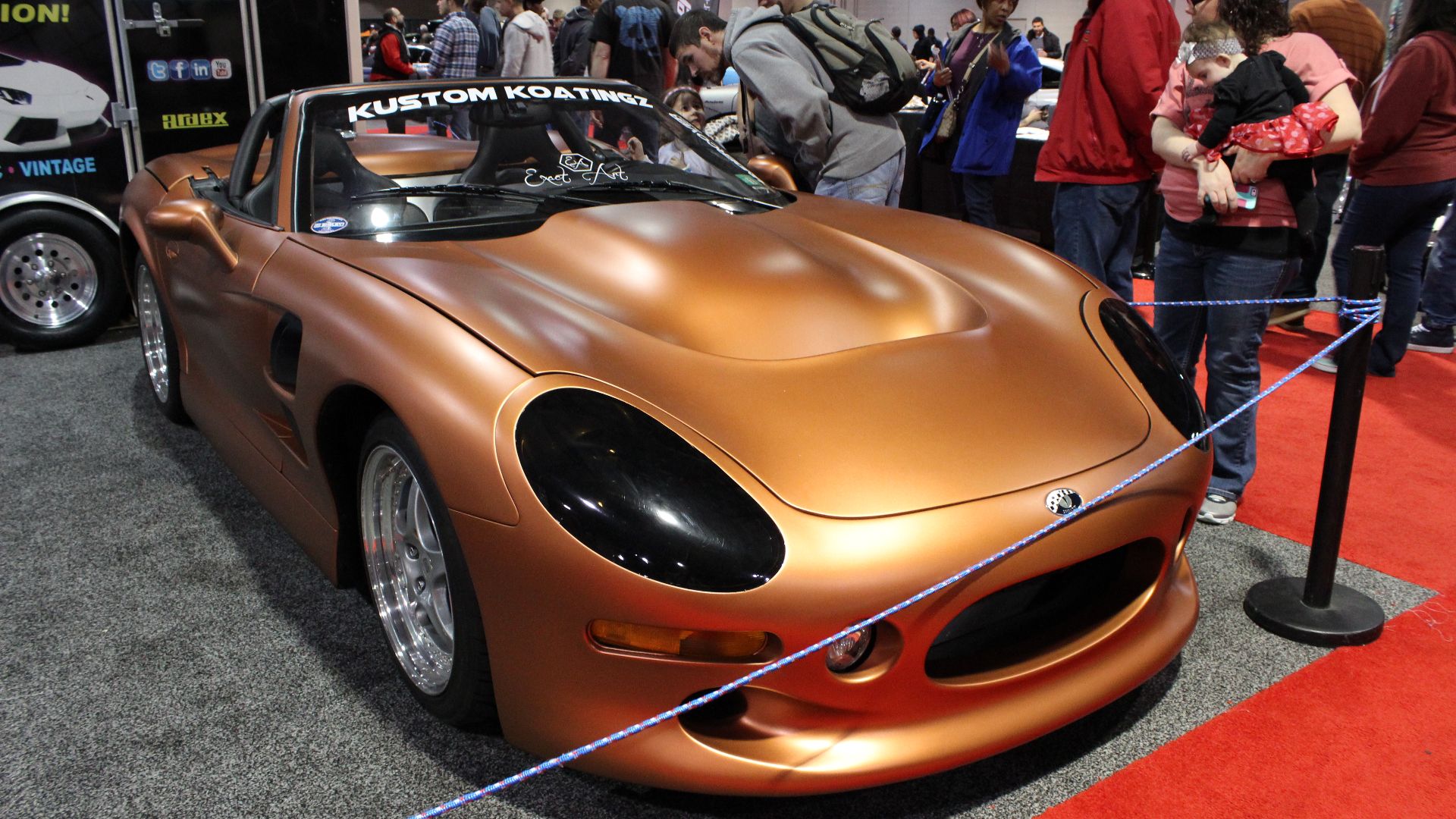 Jacob Frey 4A, Wikimedia Commons
Jacob Frey 4A, Wikimedia Commons
Ferrari Mondial 8
When it came to car shapes from European cars in the 1980s, you could be forgiven for thinking that wedge-shaped was the only approved design. Ferrari released the Mondial 8 in 1980, based on the hyper-popular GTB/GT-4 of the previous era. Propelled by a Dino-inspired V8 with one problem: it was underpowered. Really underpowered.
Ferrari Mondial 8 (Cont'd)
The Mondial 8's rear-mounted V8 engine sputtered out just 214 hp and took an age (or nearly 10 seconds) to reach 60 mph. It was also expensive—nearly $30,000 more expensive than the Porsche 930 Turbo that produced 300HP. Its problems with reliability make it one of the worst Ferraris ever made, which is why it only lasted three years.
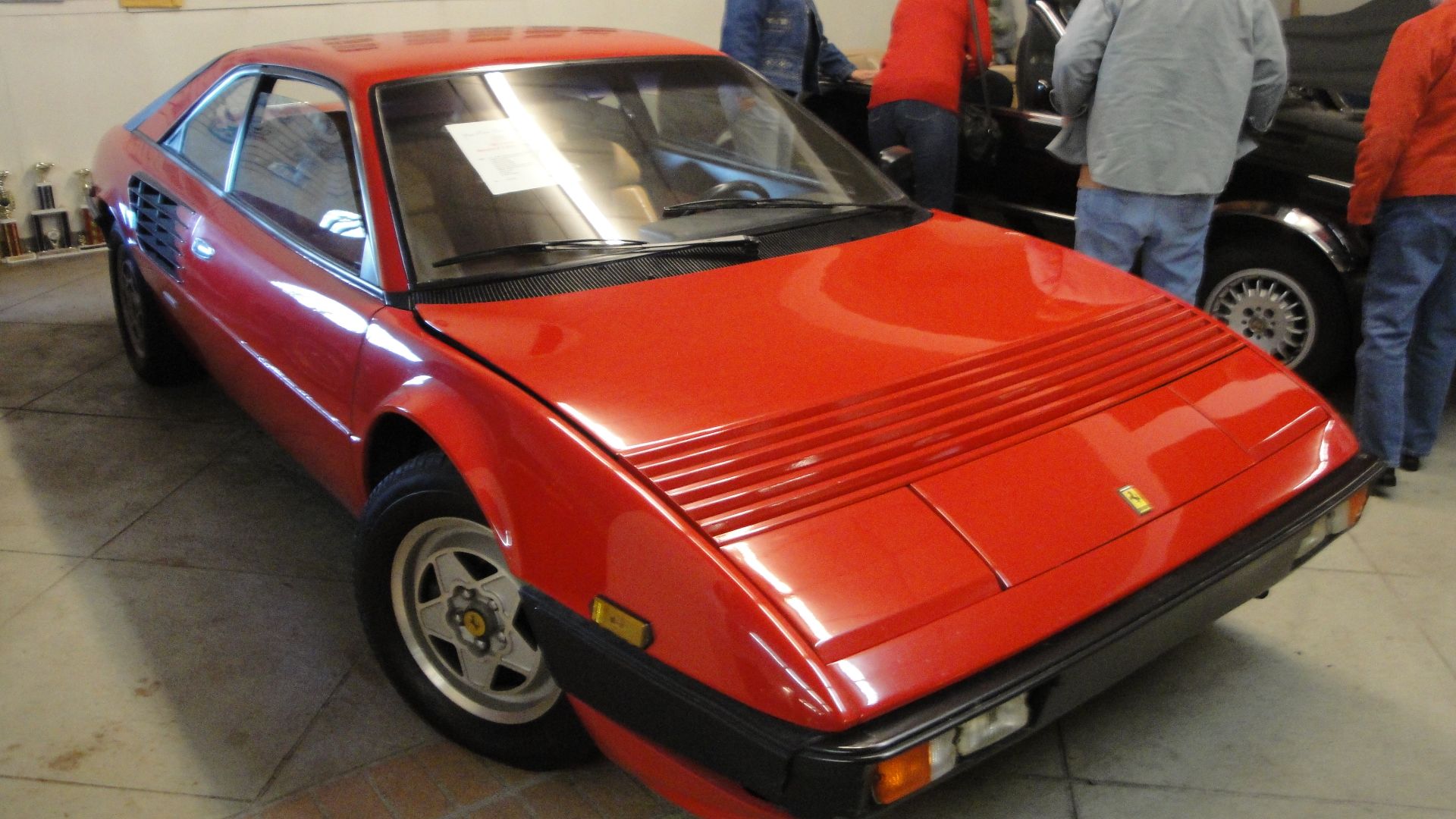 Greg Gjerdingen from Willmar, USA, Wikimedia Commons
Greg Gjerdingen from Willmar, USA, Wikimedia Commons
Jaguar XJ220
When the Jaguar XJ220 was first unveiled to the public in 1988, it had a V12 engine, scissor doors, all-wheel drive, all-wheel steering, and was the fastest production car in the world in 1992 upon its debut. Nearly 1,500 deposits of £50,000 were made to secure one. People would have given their left arm for one of these yet-to-be-developed British supercars.
 Brian Snelson, CC BY 2.0, Wikimedia Commons
Brian Snelson, CC BY 2.0, Wikimedia Commons
Jaguar XJ220 (Cont'd)
Well, they might have wished they'd not put down £50K when the Jaguar was finally released four years later, in 1992. Emissions requirements and engineering constraints meant the V12 turned into a 3.5L V6 engine that produced 500 hp. The scissor doors were gone and it was now rear-wheel drive. The total price? £470,000. People refused delivery on the spot.
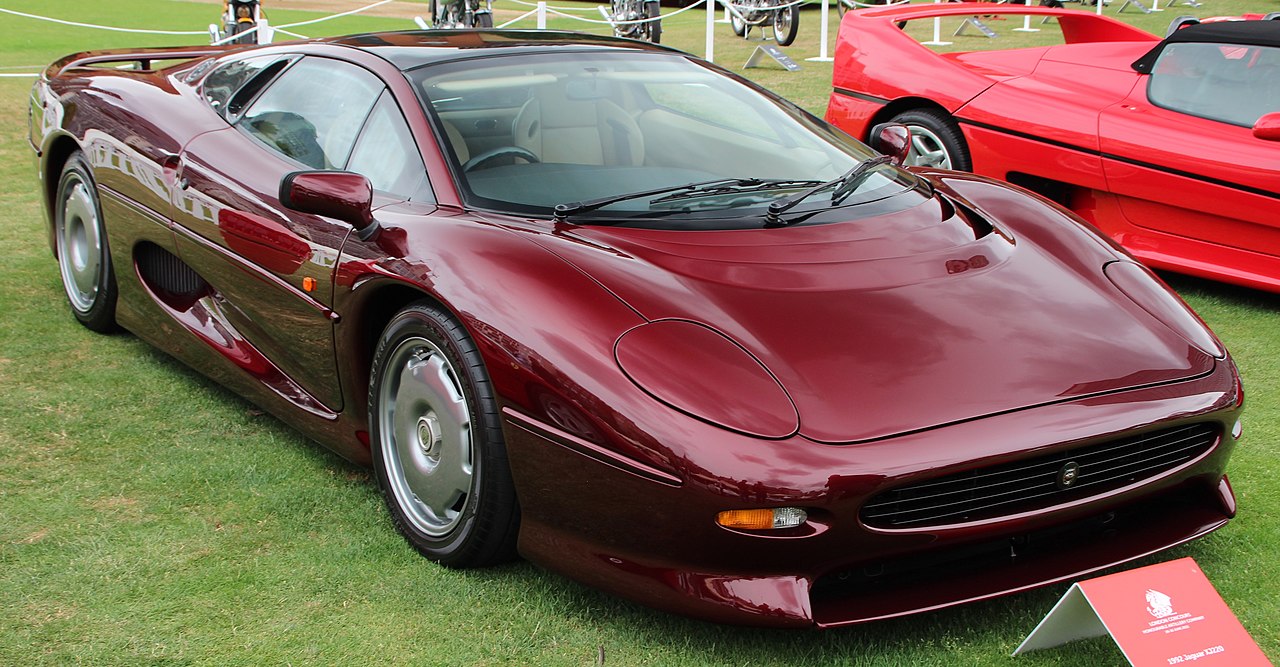 MrWalkr, CC BY-SA 4.0, Wikimedia Commons
MrWalkr, CC BY-SA 4.0, Wikimedia Commons
BMW M1
The BMW M1 was an interesting car from BMW. One of the first supercars produced by the German manufacturer, it had great potential. It also had great specs—a 3.5L inline-six delivered 273 hp and had a top speed of 165 mph. So, what was wrong with the thing?
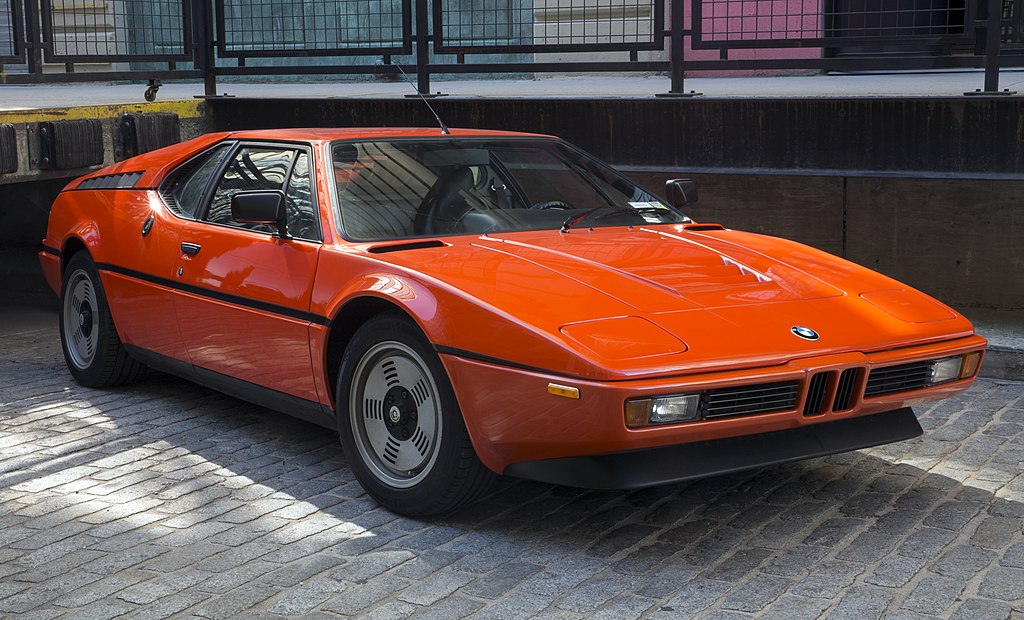 Mr.choppers, CC BY-SA 3.0, Wikimedia Commons
Mr.choppers, CC BY-SA 3.0, Wikimedia Commons
BMW M1 (Cont'd)
Well...you see, BMW contracted the building of the racing-series car out to Lamborghini. Problems arose almost from the get-go as Lamborghini were in financial trouble and BMW needed a racing car to homologate 400 road-going models in the time required. Failures of one form or another prompted BMW to cancel the contract and build the car themselves. They produced just 453 of them, of which 54 were racing and 399 were sold to the public.
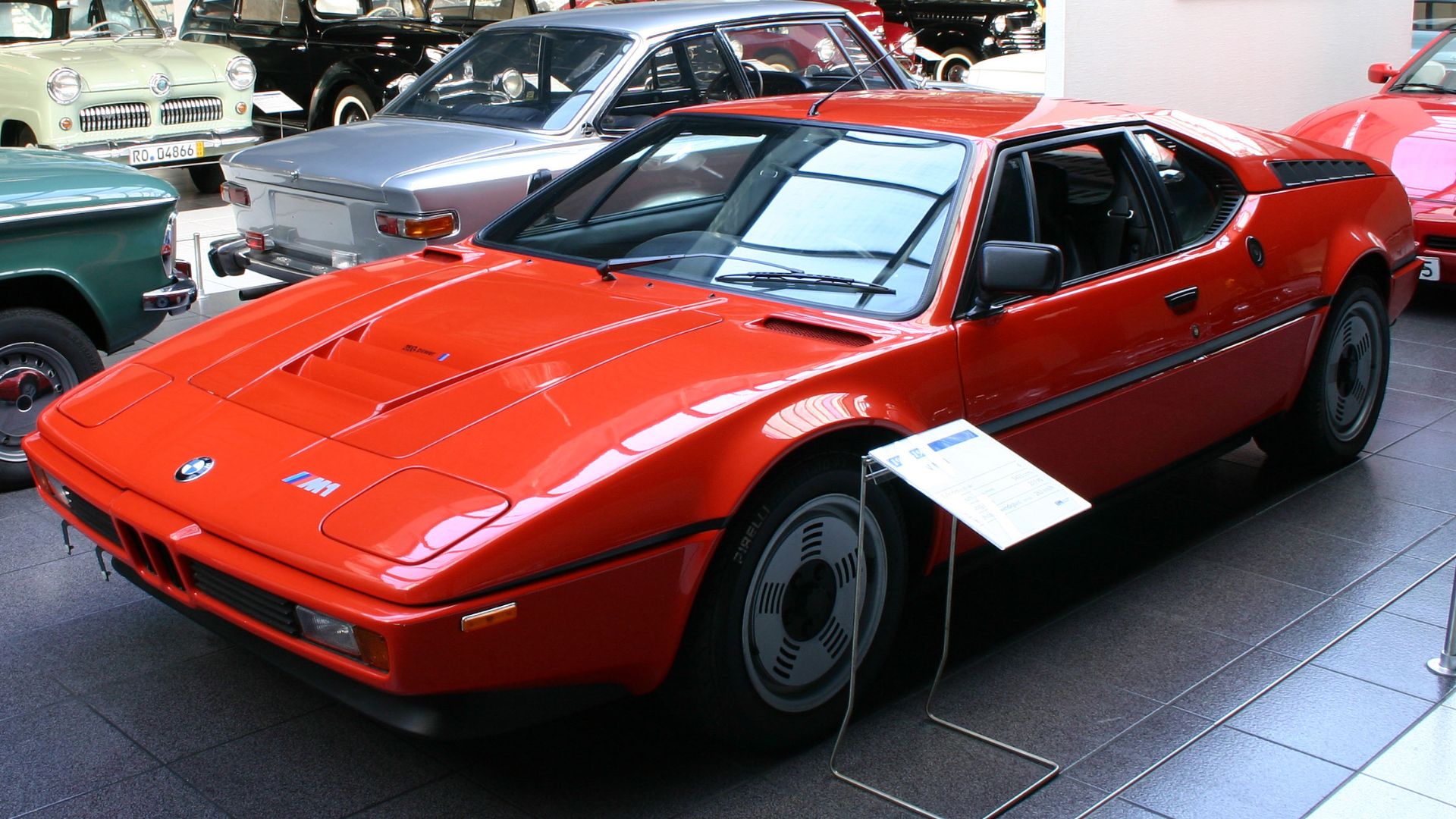 Softeis~commonswiki, Wikimedia Commons
Softeis~commonswiki, Wikimedia Commons
DeLorean DMC-12
Normally, if it walks like a duck and talks like a duck... You know the rest. That wasn't the case for John DeLorean's DeLorean DMC-12 of Back To The Future fame. It looked like a supercar, with gull-wing doors and everything, but under-the-hood, it was less than impressive. It was designed by Giorgetto Giugiaro, a famous supercar designer, but its specs were terrible. A 2.85L engine that produced just 130 hp? Shockingly bad.
DeLorean DMC-12 (Cont'd)
The supercar-in-looks-only was lucky that it became a cult classic thanks to Back To The Future. Otherwise, we're not sure anyone would have liked it—aside from the gull-wing doors, which were its saving grace. The DeLorean Motor Company filed for bankruptcy in 1983 after producing just 9,000 units of the DMC-12. It was the only car they ever made.
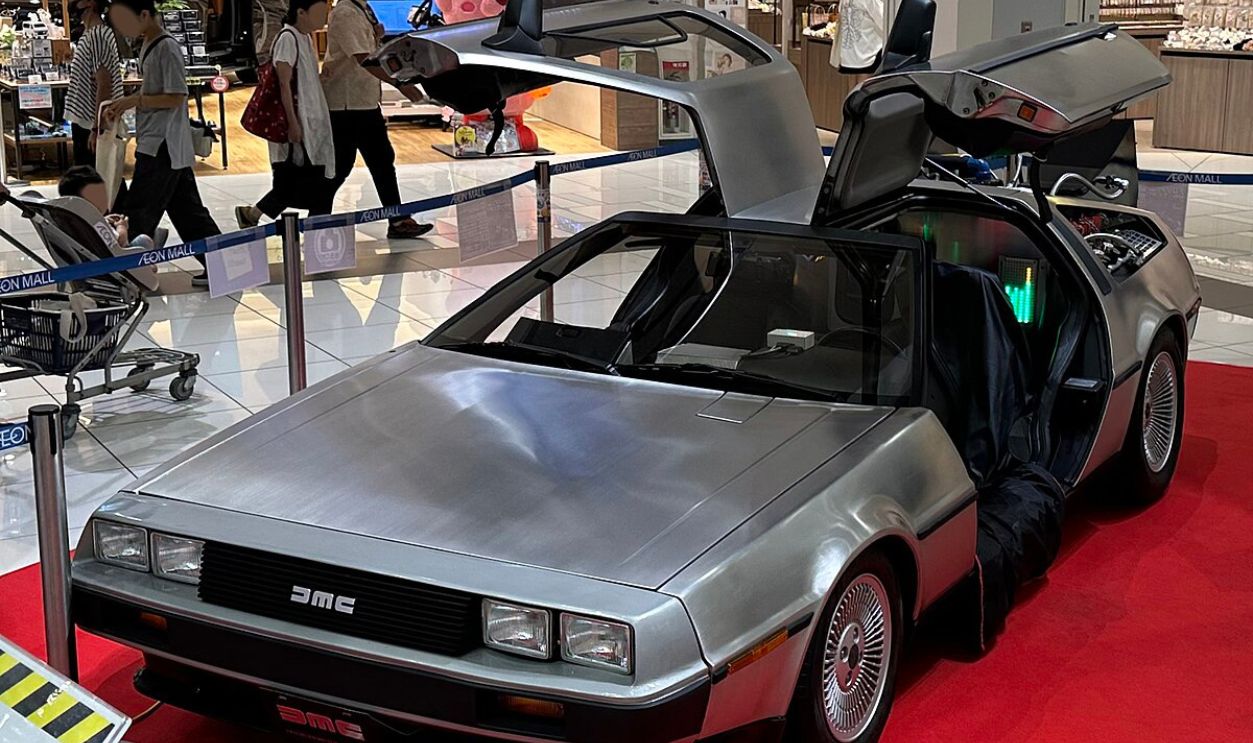 Tokumeigakarinoaoshima, Wikimedia Commons
Tokumeigakarinoaoshima, Wikimedia Commons
Vector M12
The supercar that was built in the US before Americans knew how to make them properly, the Vector M12 was produced between 1996 and 1999 in Florida by Vector Aeromotive. There's a reason why you've never heard of them. The Vector M12 was based on the Lamborghini Diablo and used most of its components and its V12 engine, which produced 492 hp and went from 0 to 60 in 4.8 seconds, with a top speed of 189 mph.
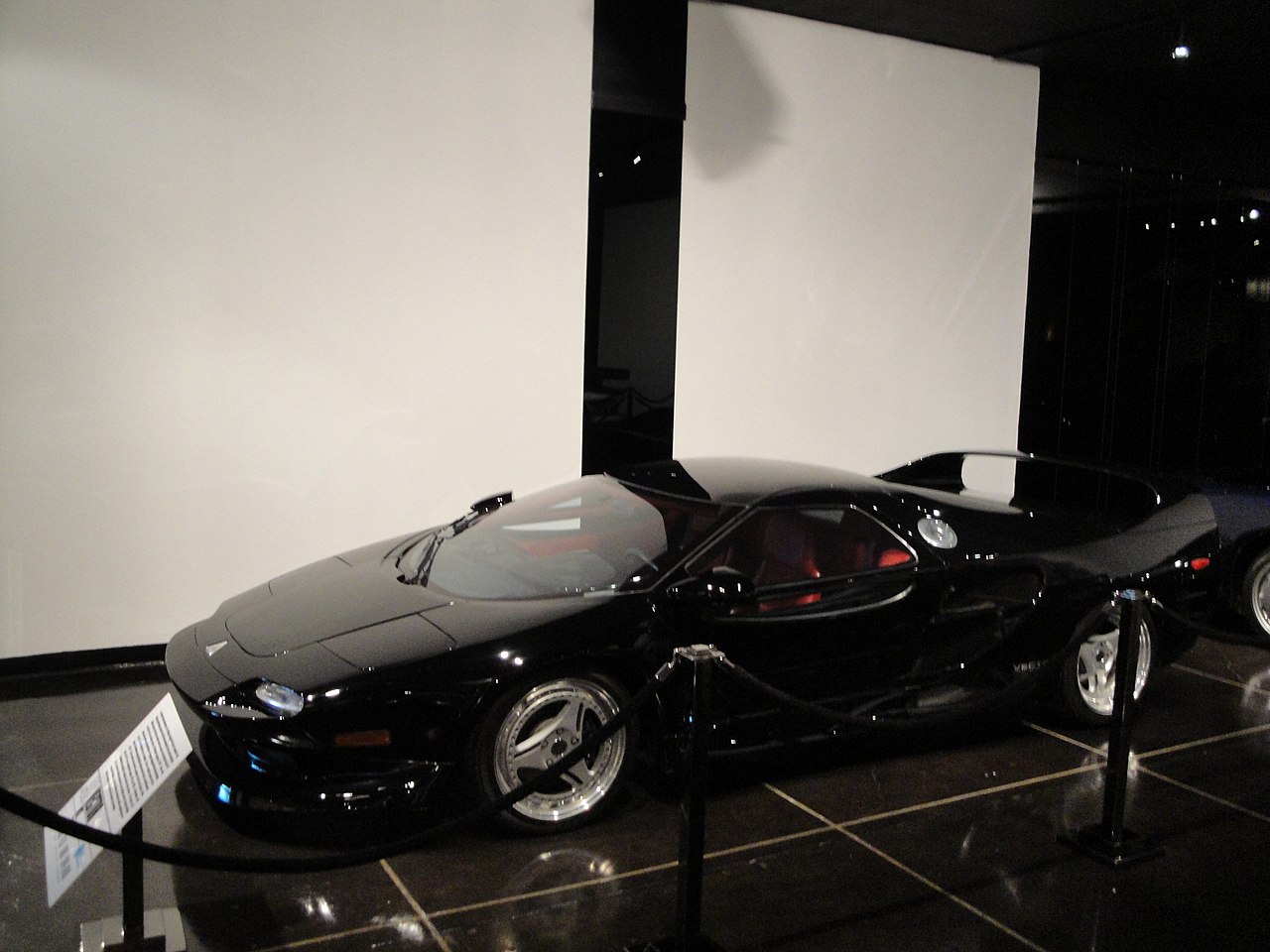 Greg Gjerdingen, CC BY 2.0, Wikimedia Commons
Greg Gjerdingen, CC BY 2.0, Wikimedia Commons
Vector M12 (Cont'd)
So, what was the problem with it then? That seems fast, right? Well, it was. But there were engineering issues from the get-go and the M12 was limited to a production run of just 17 cars. This is because only people with $189,000 lying around could afford it and it looked like a canoe. It was slower, uglier, and more poorly built than the Italian inspiration. Just awful. It repeatedly earned the title from multiple journalists as one of the world's worst-ever supercars.
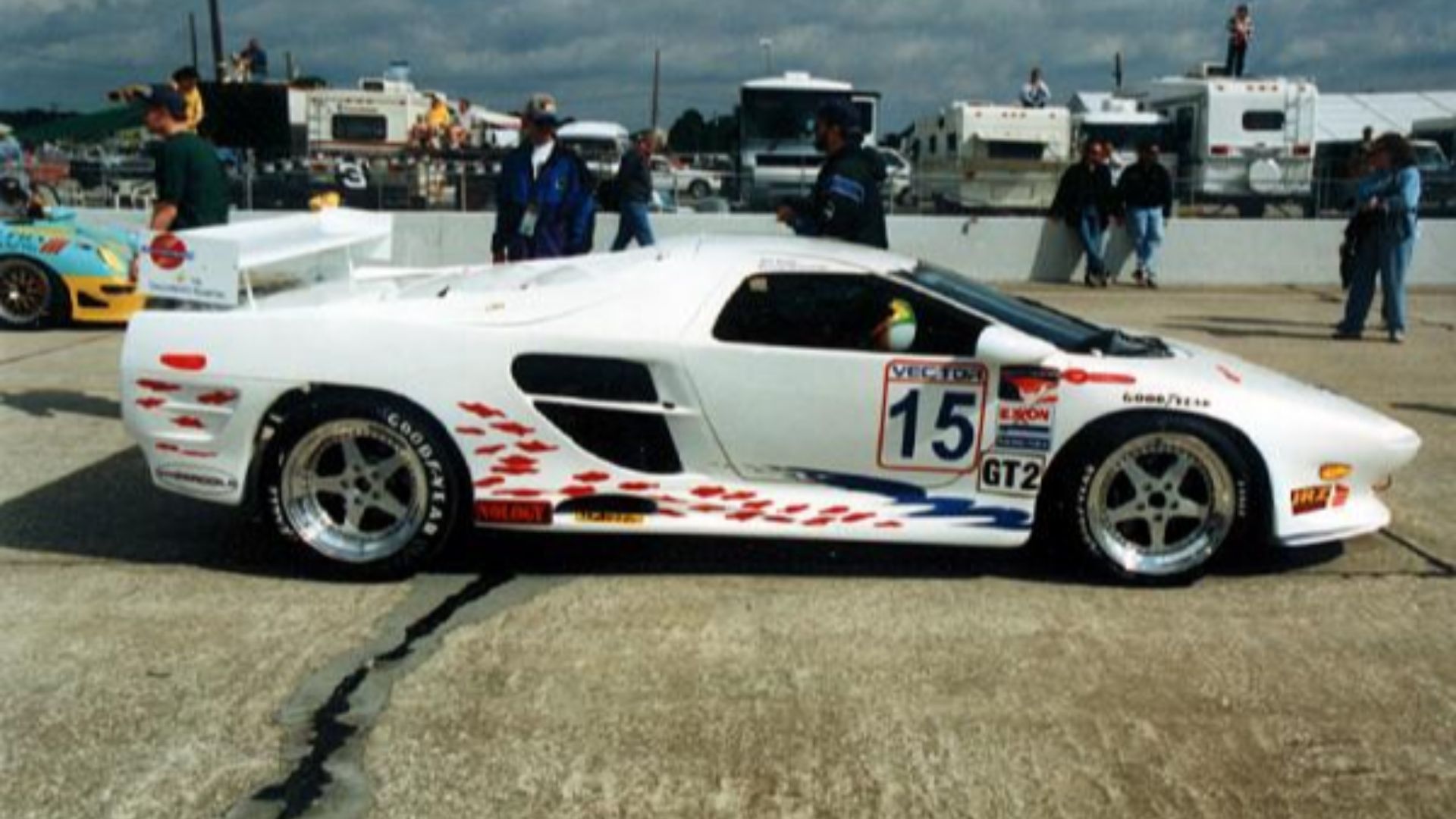 Jon Lewis, President American Spirit Racing, Wikimedia Commons
Jon Lewis, President American Spirit Racing, Wikimedia Commons
Aston Martin Virage
In 1989, Aston unveiled the Virage, a two-door coupe powered by an Aston Martin V8 engine that could produce 330 hp, and hit 60 mph in about six seconds and a top speed of 155 mph Not bad specs, right? That would be true, were it not for the eye-watering price tag of between $150,000 and $250,000.
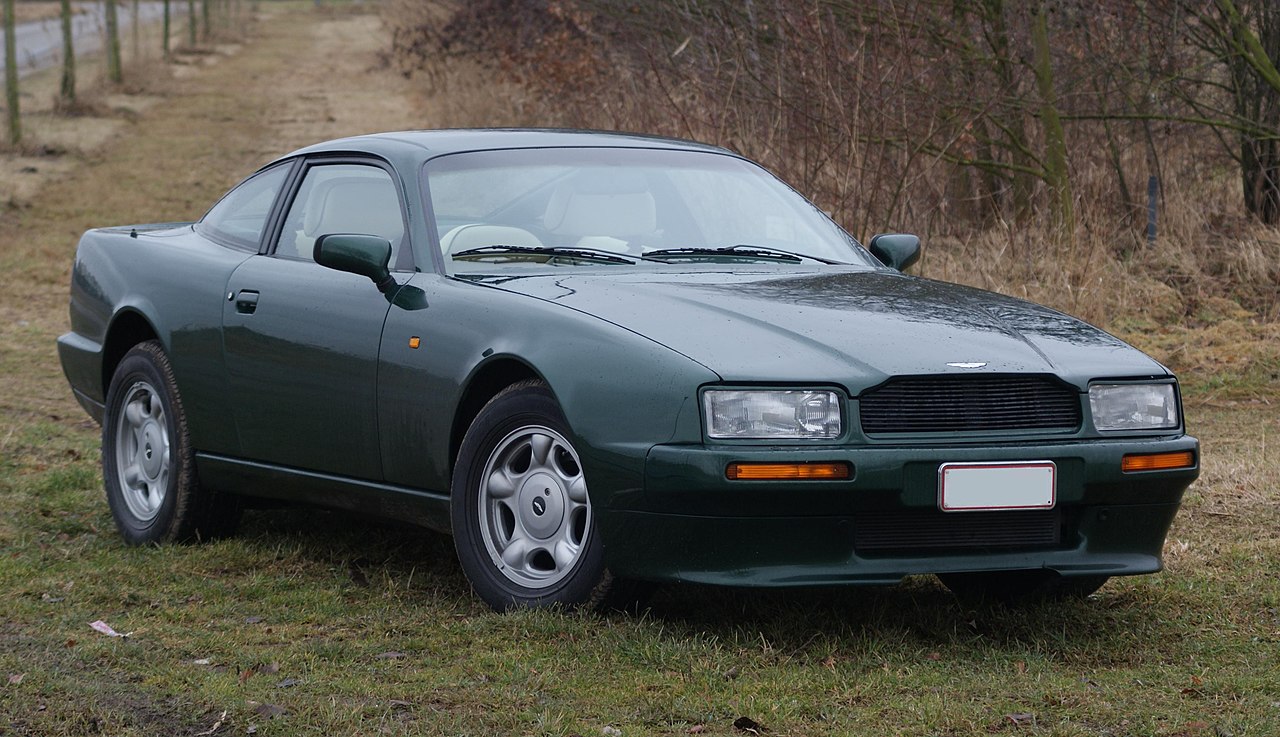 Ben, Mr.choppers, CC BY 2.0, Wikimedia Commons
Ben, Mr.choppers, CC BY 2.0, Wikimedia Commons
Aston Martin Virage (Cont'd)
We're not sure how Aston Martin could justify the extraordinary price tag, considering that most of its parts came from other manufacturers. The headlights were Audi's, the taillights were from Volkswagen, and the interior was borrowed bits from Ford and General Motors. Oh, and the automatic transmission? Chrysler. The "best of British" was mostly built with American and European parts, as it turned out.
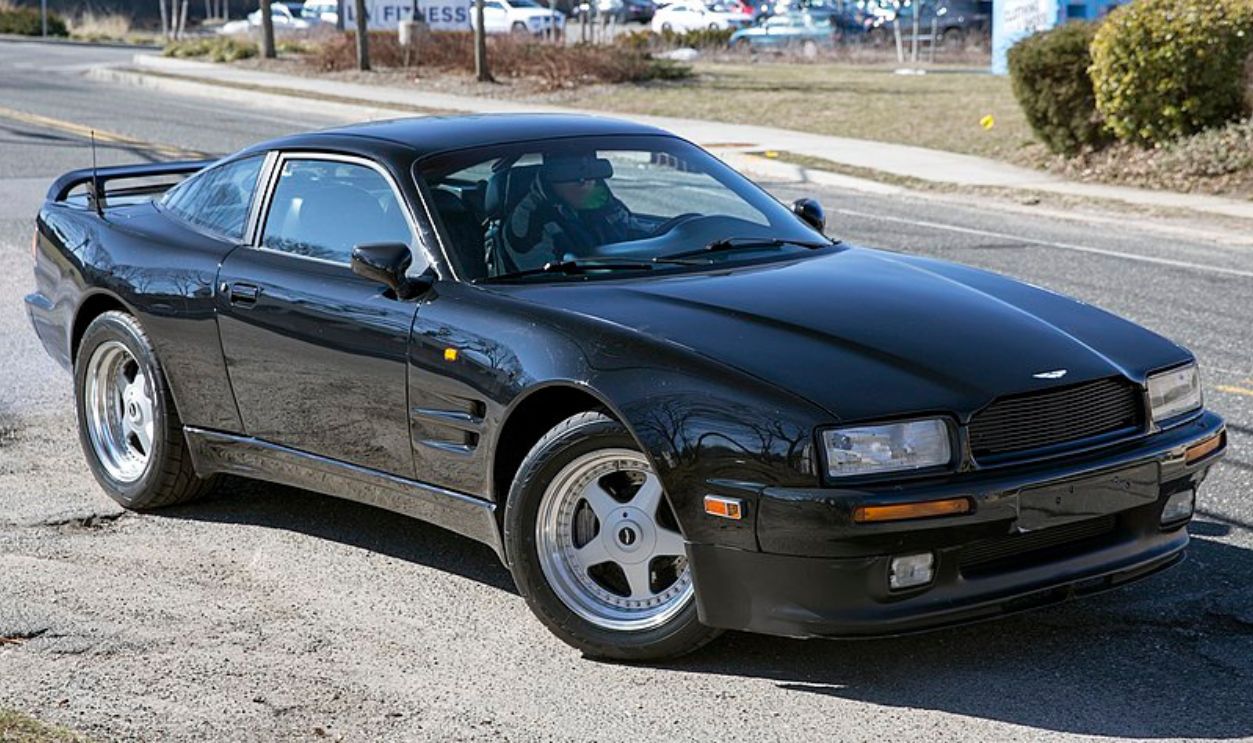 Mr.choppers, CC BY-SA 3.0, Wikimedia Commons
Mr.choppers, CC BY-SA 3.0, Wikimedia Commons
Ferrari FXX
The Ferrari FXX was supposed to be the supercar's supercar. With a V12 engine that screamed out 800 hp and could hit a staggering top speed of 214 mph, the track-focused supercar was one of the greatest beasts that the Prancing Horse ever produced. It would eat the competition alive. Or at least, it would have done, were it actually to have been driven.
Ferrari FXX (Cont'd)
You see, the FXX was so exclusive that Ferrari only built 30 of them, selling 29 to customers and gifting one to Michael Schumacher. But the exclusivity wasn't the issue (they are Ferrari, after all), it was that you couldn't drive one on the road, as they weren't road-legal. You couldn't even take one to your local racetrack. They had to be driven at organized Ferrari events. Oh, and they cost $2.1 million. So, there's that. Pay all that money and only get to drive the car when the maker says you can? No thanks.
2004 Covini C6W
You might be saying, "What on God's green earth is that?" Trust us, we did too. It's a six-wheeled supercar produced by Italian company, Covini Engineering. Inspired by the 1976 Tyrrell P34 Formula One car, the Covini C6W project began in the 1970s and was abandoned by the 1980s, before being revived again in 2003 and released in 2004.
2004 Covini C6W (Cont'd)
It's got six wheels, which means incredible gripping capacity, and it's powered by a 4.2L V8 engine, and has a top speed of 186 mph. So, what's the problem? It's got six wheels, that's what. And, it costs $400,000. Totally impractical and almost insulting to the supercar category. Six wheels? Seriously?
 Thomas Vogt, Wikimedia Commons
Thomas Vogt, Wikimedia Commons
2013 Devel Sixteen
Devel is a company based in Dubai that's produced the Devel Sixteen as its only car so far. Unveiled in 2013 as a track-only hypercar with a gazillion horsepower (okay, 5,000) from a quad-turbo V12 engine, the car has yet to go into production, with just one V8 engine base model being released in June 2022.
 World's First Person To Drive THE DEVEL SIXTEEN, Supercar Blondie
World's First Person To Drive THE DEVEL SIXTEEN, Supercar Blondie
2013 Devel Sixteen (Cont'd)
So, nine years to make one hypercar and no word yet on the 5,000-hp track-only version in over 12 years. Engine reliability is apparently an issue (no great surprise there if it produces 5,000 hp!), and whether we'll ever see this car hit the streets is anybody's guess. Don't try to overengineer, guys. It's a car, not a fighter jet.
 World's First Person To Drive THE DEVEL SIXTEEN, Supercar Blondie
World's First Person To Drive THE DEVEL SIXTEEN, Supercar Blondie
2007 Mitsuoka Orochi
So, the Mitsuoka Orochi isn't actually that bad of a car to look at. Inspired by the Honda NSX and taking styling tips from mid-90s Ferraris that it was designed to compete with, the Orochi (meaning an eight-headed dragon), was apparently superbly reliable, borrowing parts from Lexus and Honda to make it so. But... (there's always a but).
2007 Mitsuoka Orochi (Cont'd)
Under the hood, this Japanese supercar was unfortunately lackluster. Powered by a Lexus 3.3L V6 engine, the Orochi produced just 231 hp and positively strolled to 60 mph in seven seconds. Competing with Ferrari? Not a chance. It would struggle to compete with a runaway shopping cart.
Mercedes-Benz SLR McLaren
Now, hear us out on this one. The Mercedes-Benz SLR McLaren is a great car for some people. It has a 5.4L V8 engine that produces 617 hp and a huge top speed of 207 mph. Fantastic. Supercar material through and through. However, the issue was power transfer and traction control. Each of which was mistimed.
Mercedes-Benz SLR McLaren (Cont'd)
When you put your foot down, all 617 horses whinnied into life at an alarming pace. So much so that by the time the traction control kicked in, you could struggle to keep it in control. One version, the Stirling Moss, went for upwards of $1 million. It wasn't a horrible car, but it could have been less expensive and had better power-to-weight ratios.
 MrWalkr, CC BY-SA 4.0, Wikimedia Commons
MrWalkr, CC BY-SA 4.0, Wikimedia Commons
Maserati MC-12
The Maserati MC-12 was a track-focused supercar that delivered (in spades) when it came to acceleration and power. Powered by a 6.0L V12 engine from Ferrari, the MC-12 delivered 624 hp and could hit 60 mph in 3.5 seconds, with a top speed of 217 mph. A total of 62 were produced, 50 for the road and 12 for racing. So, what was the problem with the MC-12?
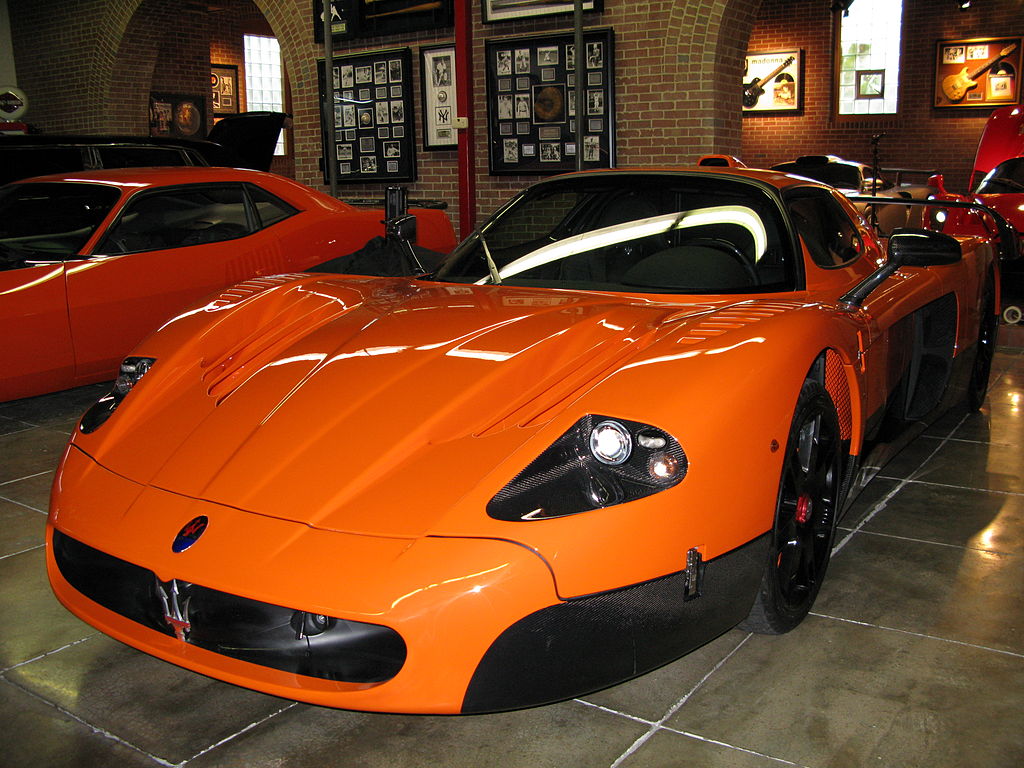 RobertMyrickPhotography.com, CC BY-SA 3.0, Wikimedia Commons
RobertMyrickPhotography.com, CC BY-SA 3.0, Wikimedia Commons
Maserati MC-12 (Cont'd)
It couldn't stop. Literally. Maserati's braking system wasn't adequate for those who didn't know what they were doing. Inexperienced drivers who repeatedly braked (because of the huge acceleration) could generate so much heat that the car caught fire. It was a looker and it delivered performance in spades, but not much of that matters if you can't stop safely at 200 mph.
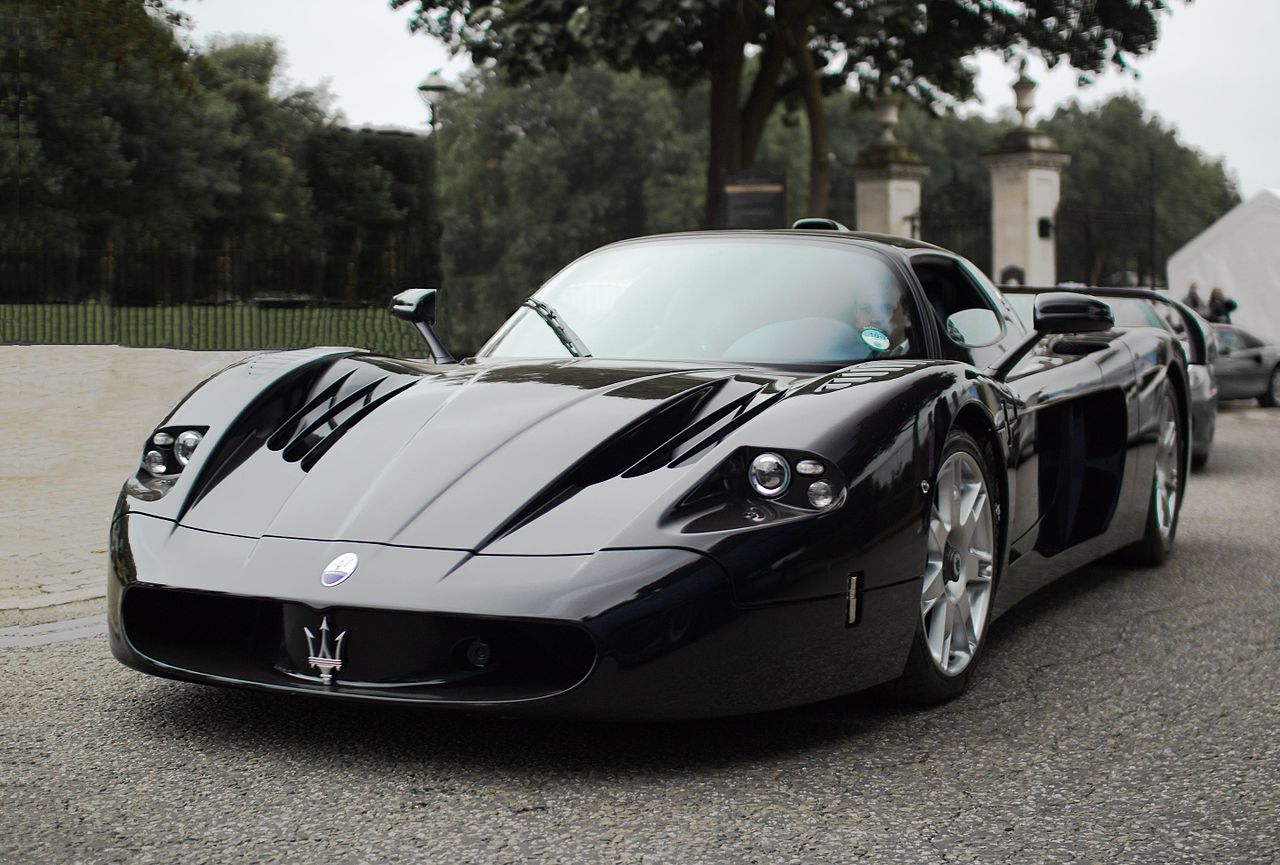 Ben, CC BY-SA 2.0, Wikimedia Commons
Ben, CC BY-SA 2.0, Wikimedia Commons
Weber Faster One
The Weber Faster One, designed by Swiss automaker Weber Sportscars, may be in contention for the world's ugliest car. First launched in 2007 in Monaco, the Weber Faster One was powered by a mid-mounted twin-supercharged V8 engine from Chevrolet that could apparently deliver 900 hp and took 2.5 seconds to go from 0 to 60.
 Weber Faster One supercar, IsderaESP
Weber Faster One supercar, IsderaESP
Weber Faster One (Cont'd)
It was labelled the Faster One as its sole aim was to be the fastest street-legal car ever built. At the time, it claimed a top speed of 250 mph (Weber repeated this claim over and over, although it was never independently verified). No door handles, just buttons to open the doors. It also cost a fortune—approximately $900,000. Trouble is, nobody ever got to drive one, and nobody has ever seen one in the wild.
 Weber Faster One supercar, IsderaESP
Weber Faster One supercar, IsderaESP
Ferrari 400
The Ferrari 400 was designed to be a compact grand tourer with Ferrari performance, produced between 1976 and 1989. Powered by a 4.8L V12 engine, it was the first Ferrari to offer an automatic transmission with a three-speed gearbox. Its 1979 model introduced fuel injection for the first time. But, what was so bad about it then? Seems like a decent motor.
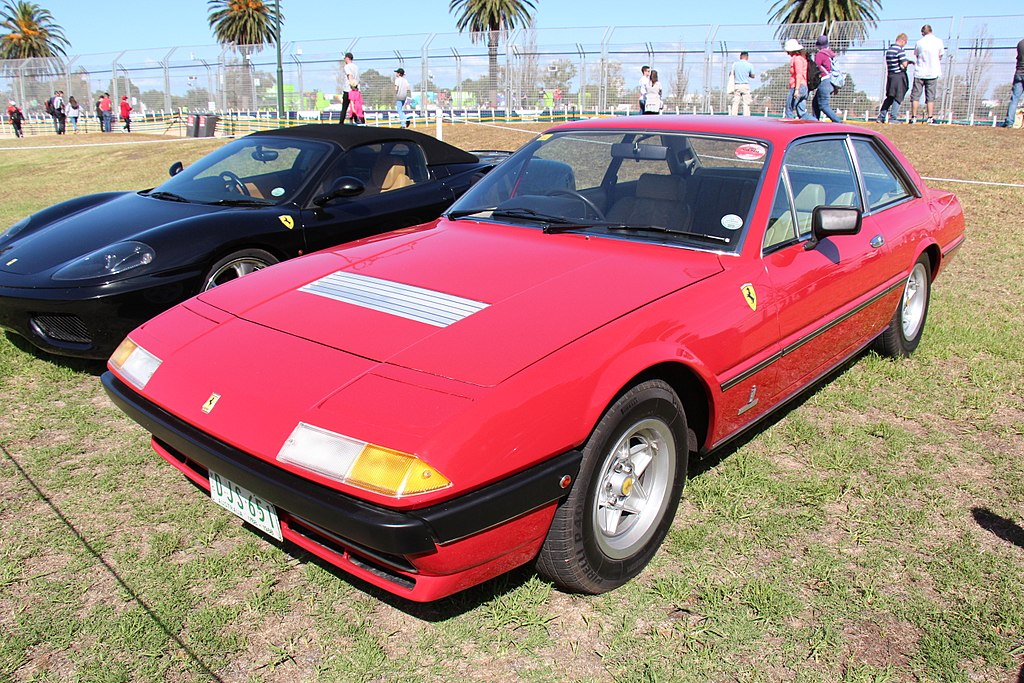 Sicnag, CC BY 2.0, Wikimedia Commons
Sicnag, CC BY 2.0, Wikimedia Commons
Ferrari 400 (Cont'd)
Except for the one small matter of a GM THM400 engine under the hood. Sure, it was a 4.8L V12 that produced over 400 hp, but it was from a GM engine. This would have disgusted Enzo Ferrari and Ferrari purists. Rightly so, supercars made in Italy typically don't mix with American engines well.
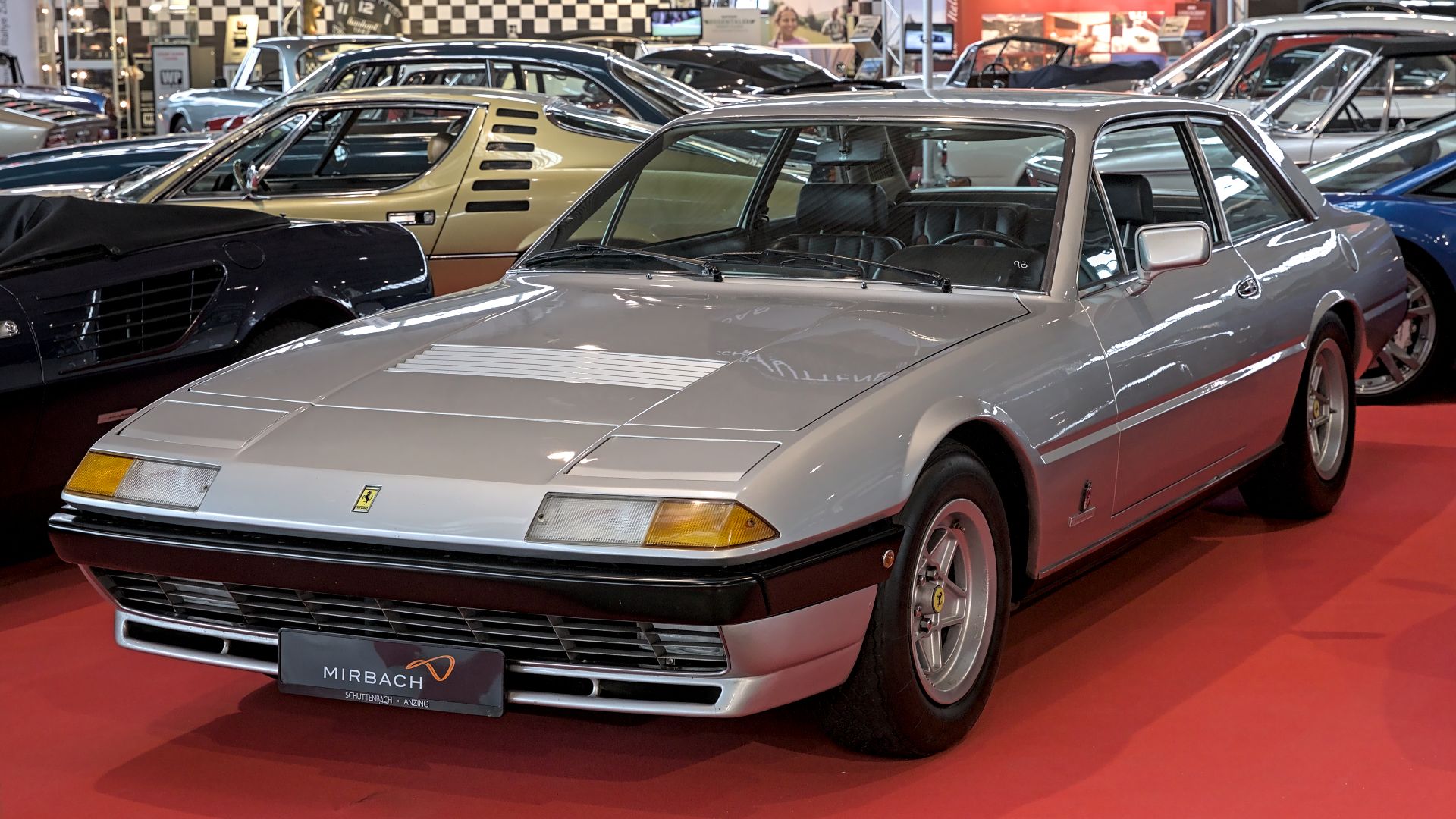 Alexander-93, Wikimedia Commons
Alexander-93, Wikimedia Commons
The Special Editions Of The Bugatti Veyron
You remember the Bugatti Veyron? Sure you do. It topped 250 mph and broke most speed records known to man on four wheels that wasn't a rocket car. Well, we loved it for all of those reasons: it was a true supercar marvel, topping 250 mph and producing over 1,000 hp. An absolute beast from the French manufacturer. Then, they made a special edition.
And Just Kept Making Them
The "flaw," insofar as it's a flaw, was in the "special editions" that Bugatti just kept producing. There were at least eight different special editions produced by Bugatti, each seemingly just putting a different livery or coat of paint on the car. Then, the tuner editions amounted to a further three or four, each selling for many millions. Highway robbery that was totally unnecessary for an already exceptional supercar.
What Do You Think Is The Worst Supercar Ever Made?
Tell us what you think is the worst supercar ever made in the comments below. Is your vote for the awful Lamborghini Urraco? Or the many-editions Bugatti? Let us know!
You May Also Like:
These Muscle Cars Are So Rare, They Belong In Museums
Carroll Shelby's Most Iconic Cars


